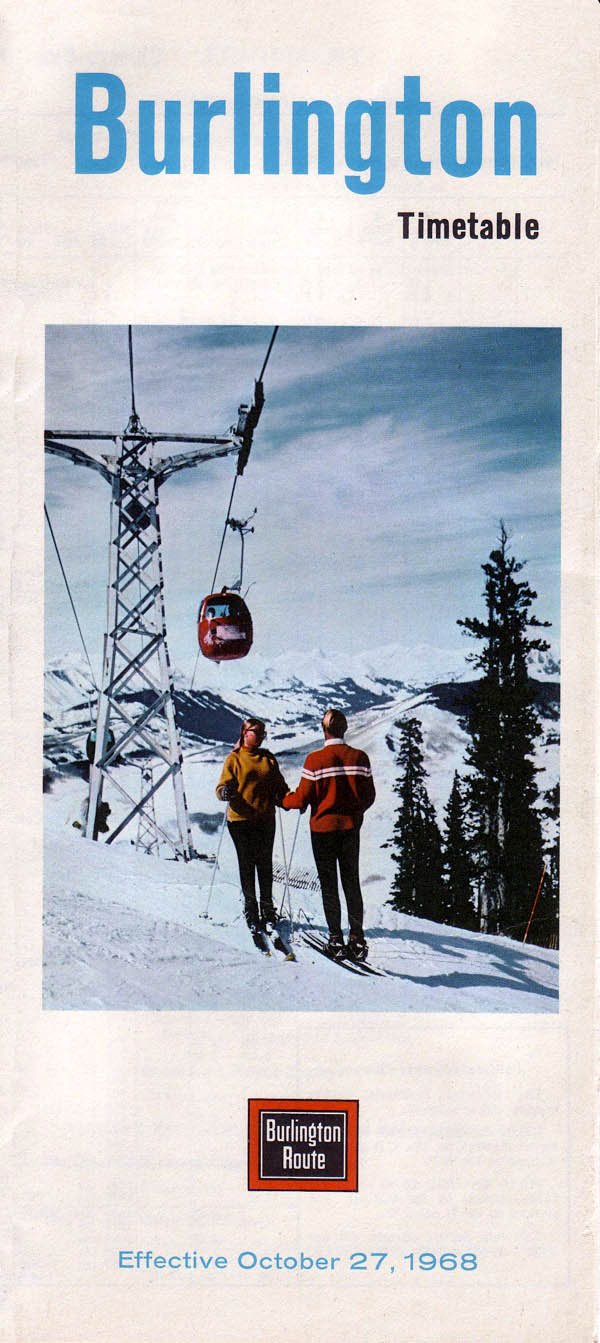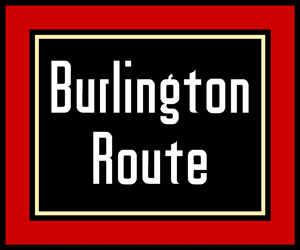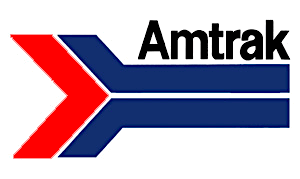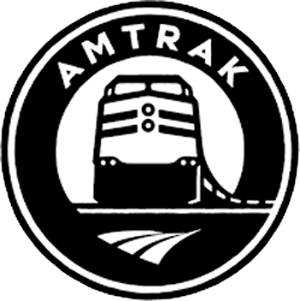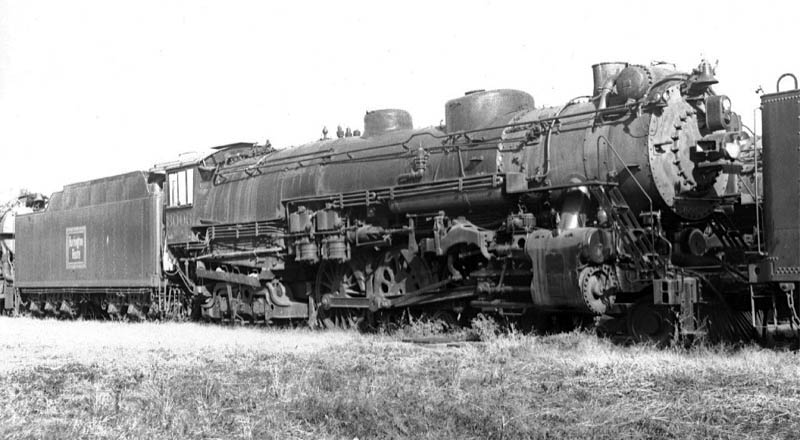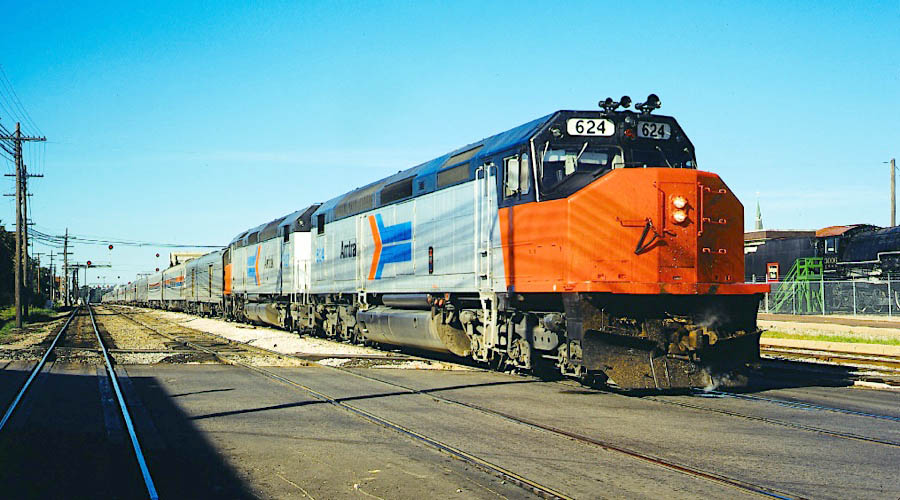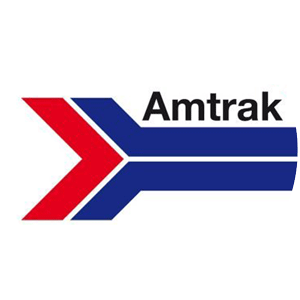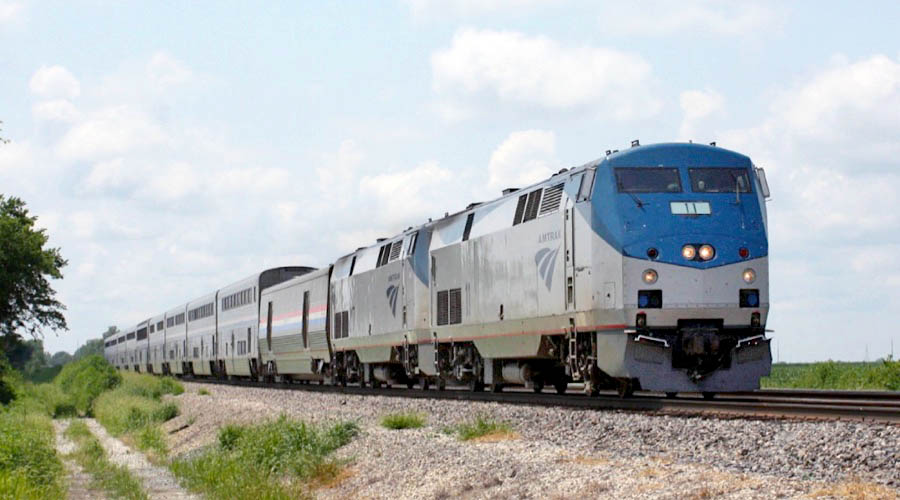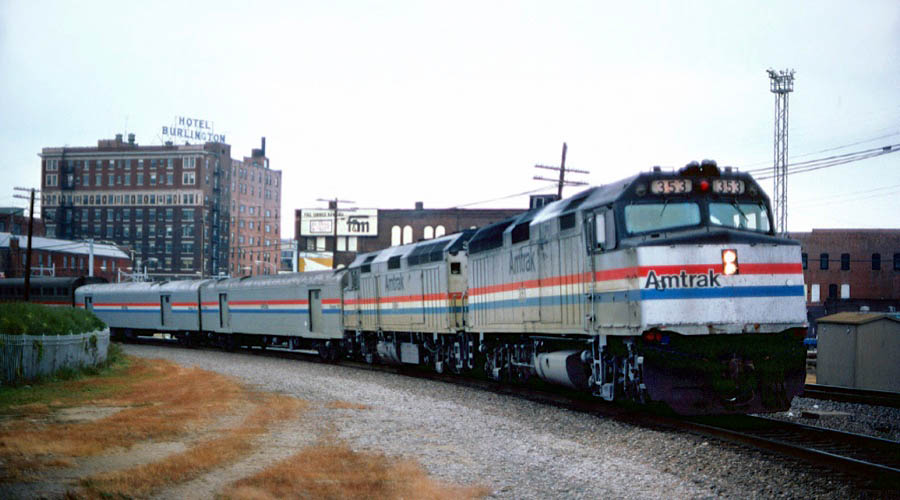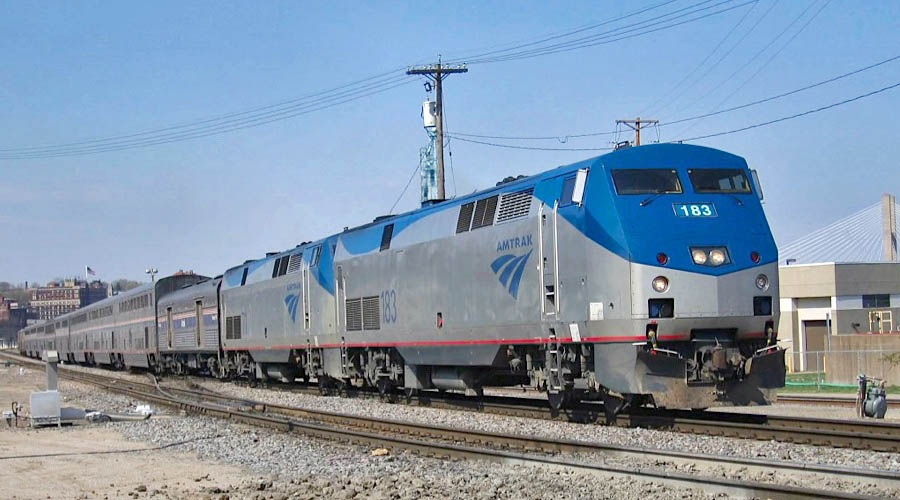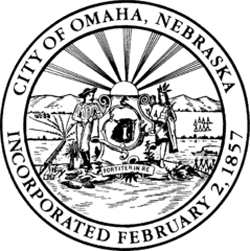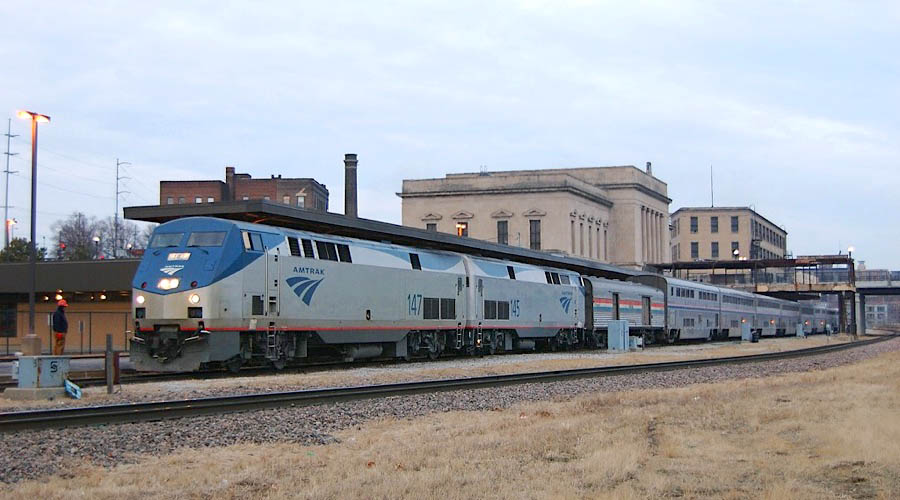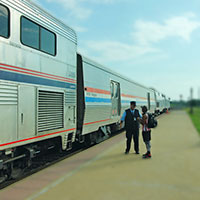 |
Amtrak's California Zephyr Eastern Route |
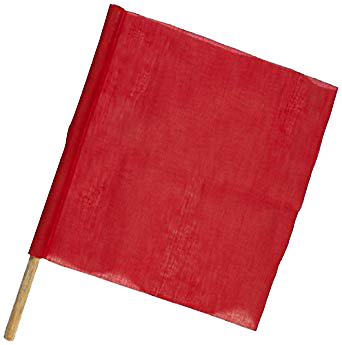
jump to a
flag stop
- Chicago
- Galesburg
- Burlington
- Omaha
- Denver
- Fraser -
Winter Park - Granby
- Glenwood Springs
- Grand Junction
- Salt Lake City
- Reno
- Sacramento
- Emeryville
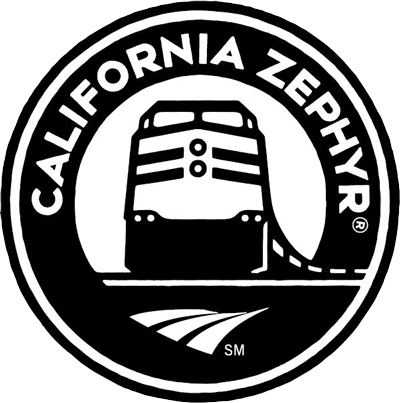

RWH

RWH

 perated by three contiguous railroads which shared the train's unified passenger equipment, the pre-Amtrak California Zephyr was handled in the east by the Chicago, Burlington & Quincy Railroad (Burlington Route) between Chicago, Illinois, and Denver, Colorado. This 1000-mile segment represented 40% of the Zephyr's total run, much of which was conducted overnight in darkness. CB&Q-powered trains left Chicago in the late afternoon, arriving in Denver first thing the next morning; westbound runs left the Mile-High City in the evening and returned to the lakeshore terminus the following afternoon. Along the way, this eastern segment traversed the full width of three states — Illinois, Idaho, and Nebraska — and was mostly fast flatland running. Because the Denver, Rio Grande & Western did not join the national rail carrier in 1971, for a time Amtrak operated this Chicago-Denver segment as the Denver Zephyr, which connected with its City of San Francisco for service to the west coast via a routing over the Union Pacific. Later these two trains were merged into Amtrak's San Francisco Zephyr. In 1983, both the original CZ routing and the original CZ name were restored. Today's California Zephyr follows a similar CB&Q schedule and uses the original eastern segment between Chicago and Denver, now belonging to the Burlington Northern Santa Fe freight network. Then and now, the route crosses the mighty Mississippi River at Burlington, Iowa.
perated by three contiguous railroads which shared the train's unified passenger equipment, the pre-Amtrak California Zephyr was handled in the east by the Chicago, Burlington & Quincy Railroad (Burlington Route) between Chicago, Illinois, and Denver, Colorado. This 1000-mile segment represented 40% of the Zephyr's total run, much of which was conducted overnight in darkness. CB&Q-powered trains left Chicago in the late afternoon, arriving in Denver first thing the next morning; westbound runs left the Mile-High City in the evening and returned to the lakeshore terminus the following afternoon. Along the way, this eastern segment traversed the full width of three states — Illinois, Idaho, and Nebraska — and was mostly fast flatland running. Because the Denver, Rio Grande & Western did not join the national rail carrier in 1971, for a time Amtrak operated this Chicago-Denver segment as the Denver Zephyr, which connected with its City of San Francisco for service to the west coast via a routing over the Union Pacific. Later these two trains were merged into Amtrak's San Francisco Zephyr. In 1983, both the original CZ routing and the original CZ name were restored. Today's California Zephyr follows a similar CB&Q schedule and uses the original eastern segment between Chicago and Denver, now belonging to the Burlington Northern Santa Fe freight network. Then and now, the route crosses the mighty Mississippi River at Burlington, Iowa.

1936 timetable / collection
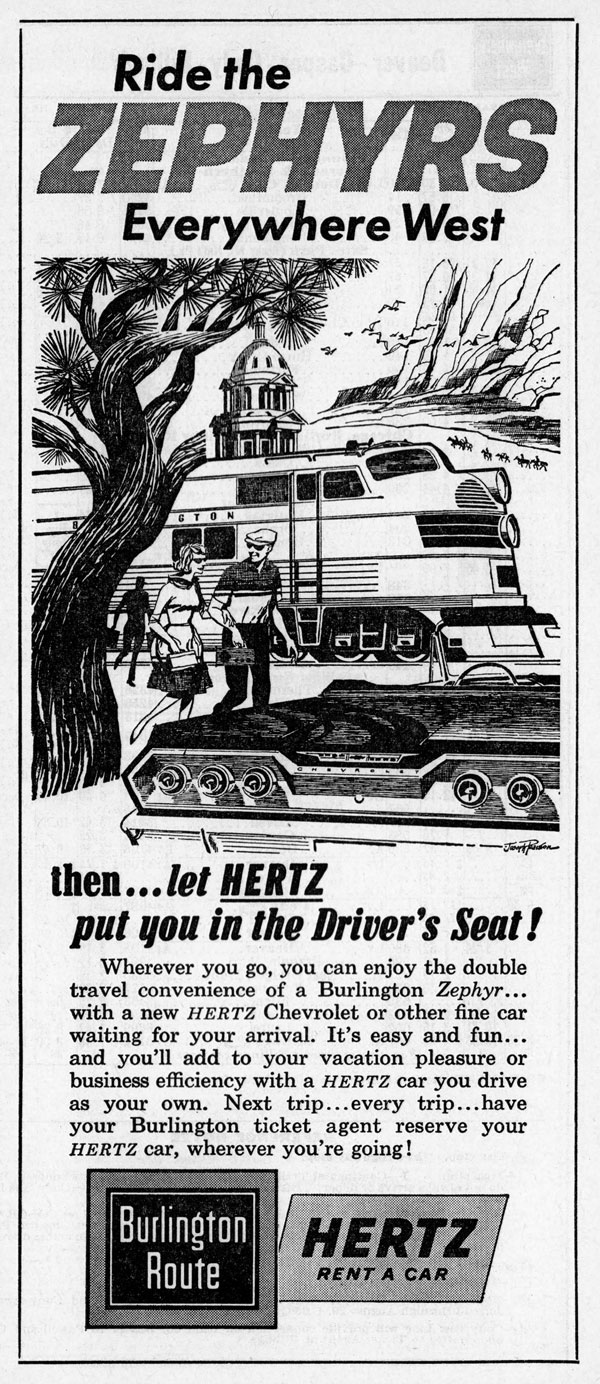
collection
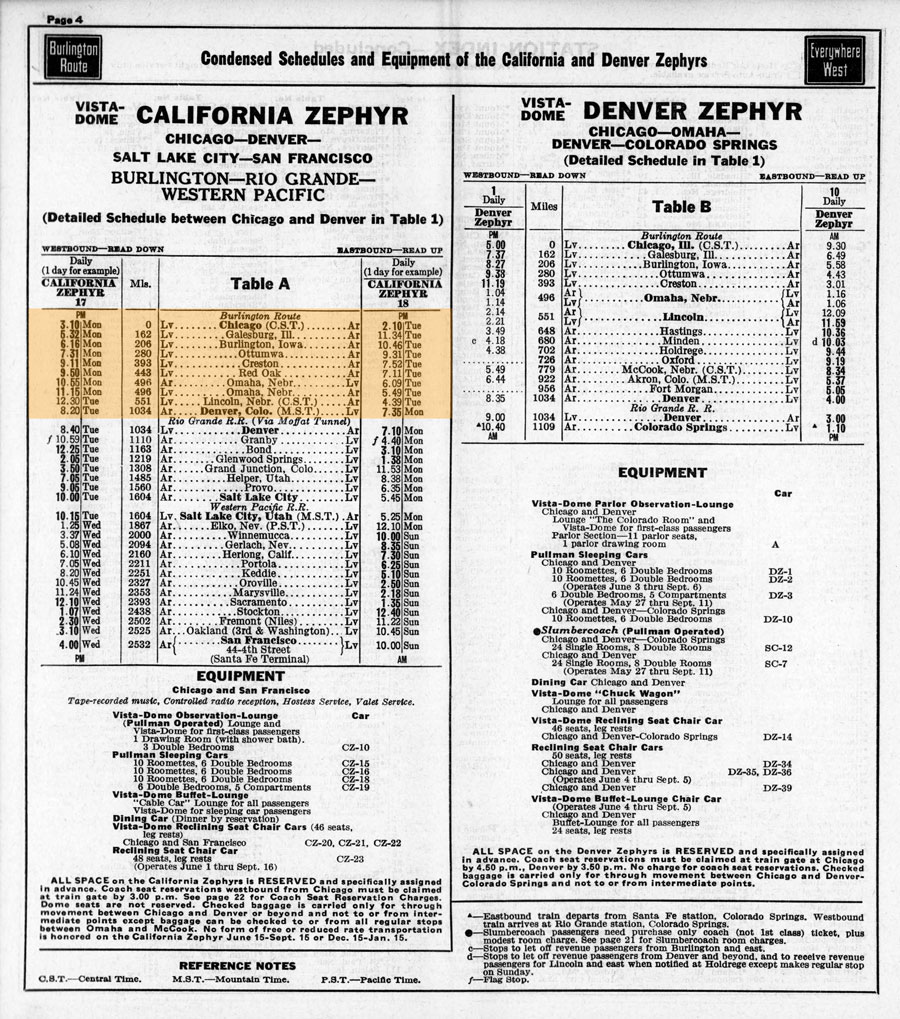
1966 timetable / collection
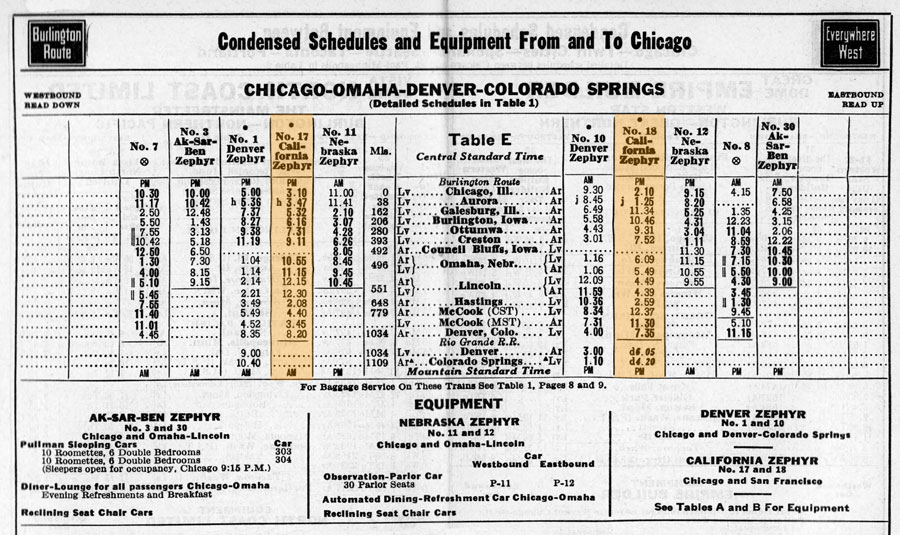
collection
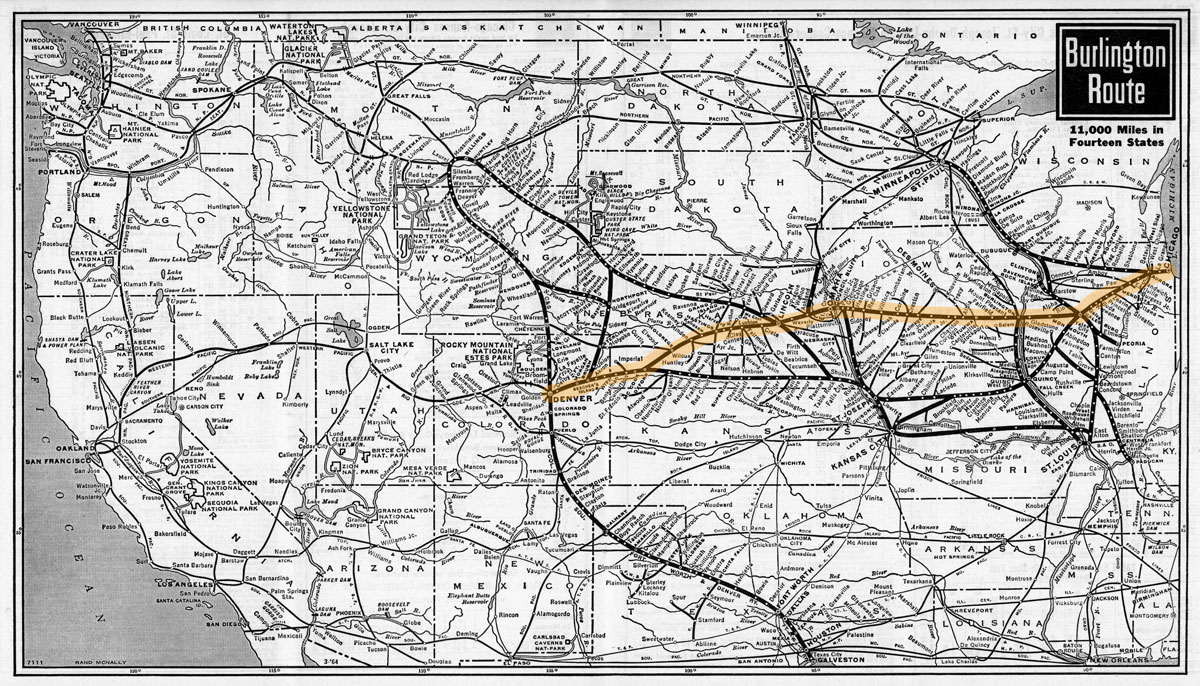
collection

from The Story of the California Zephyr by Karl Zimmermann / collection
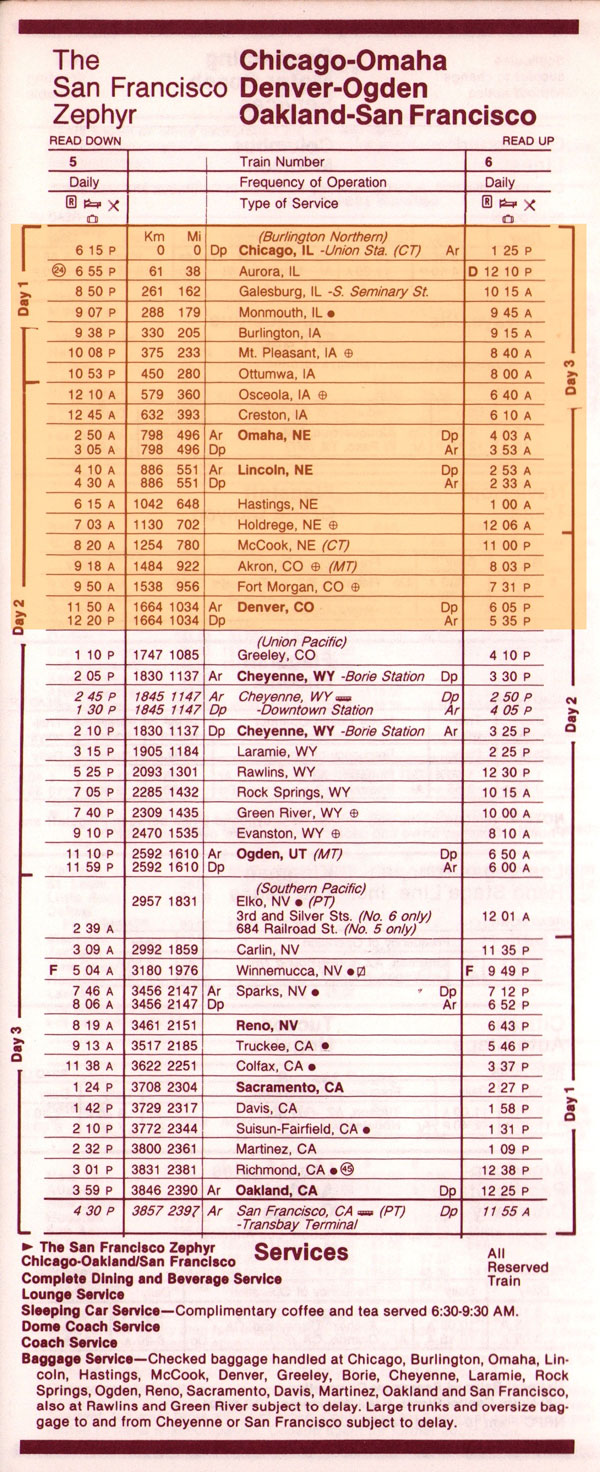
1980 timetable / collection
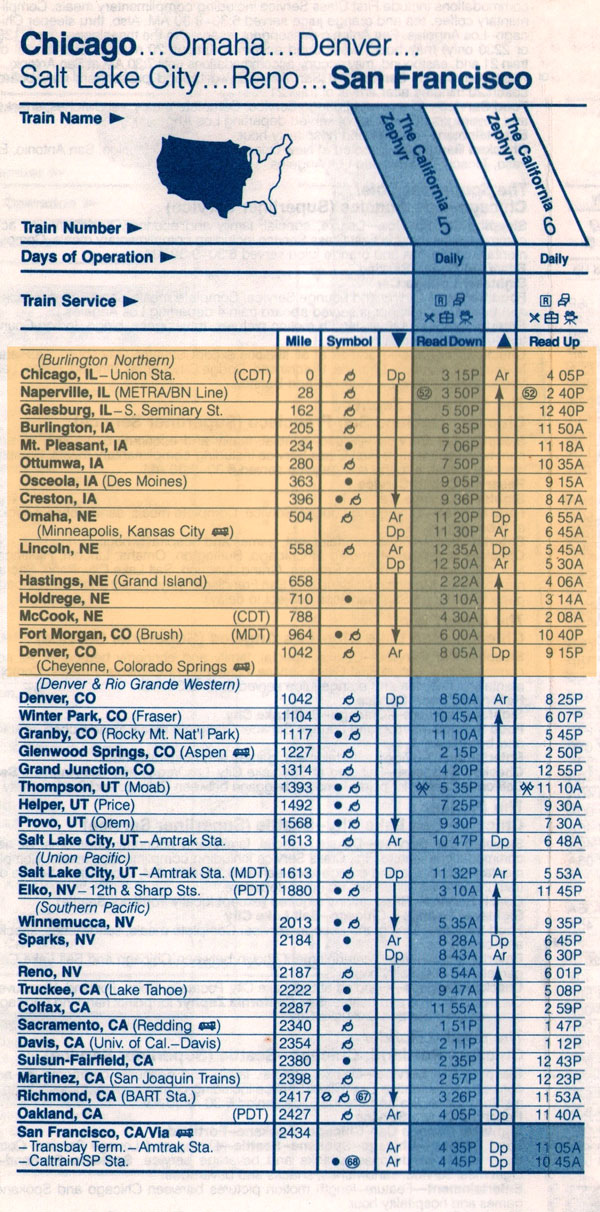
1987 timetable / collection
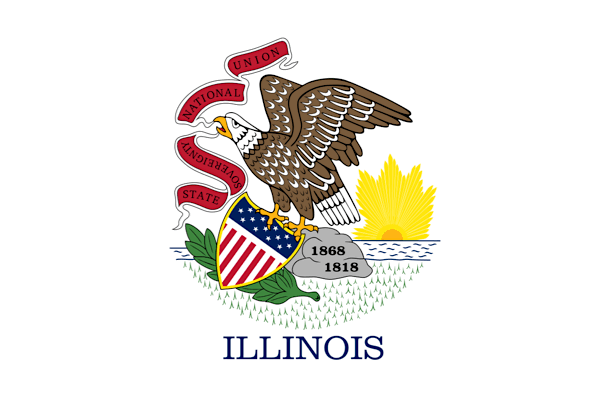 Illinois
Illinois
 Chicago, Il
Chicago, Il
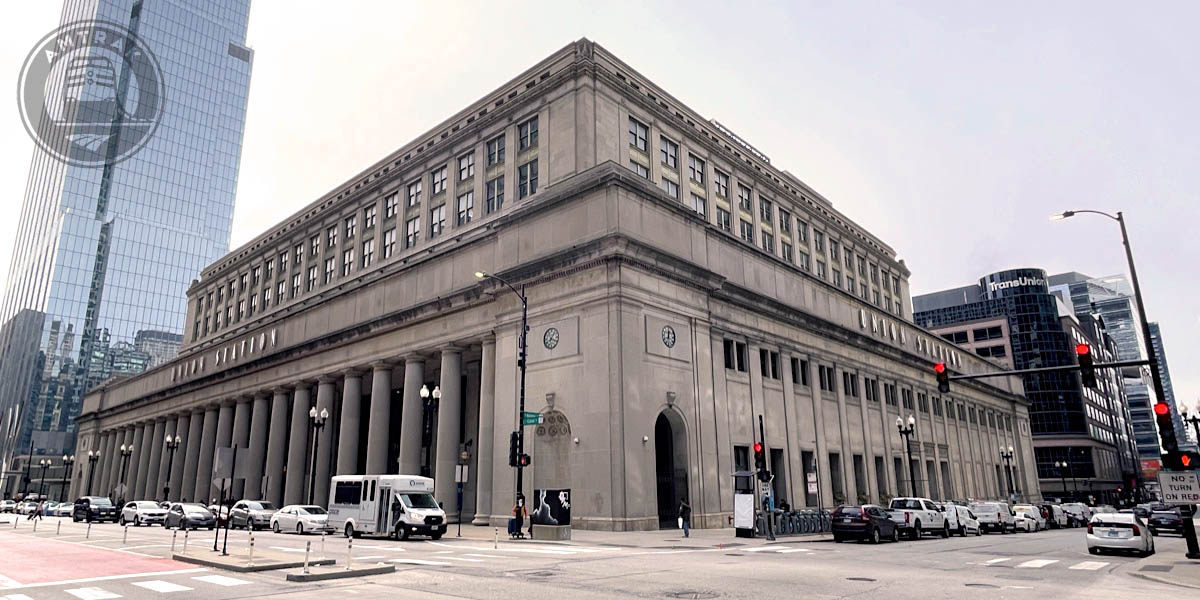
Chicago Union Station
Chicago, Il / Mar 2023 / RWH
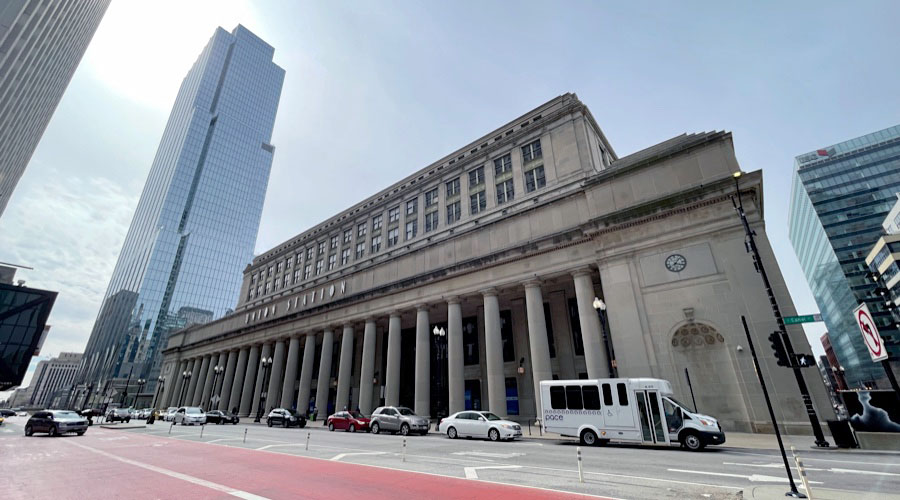
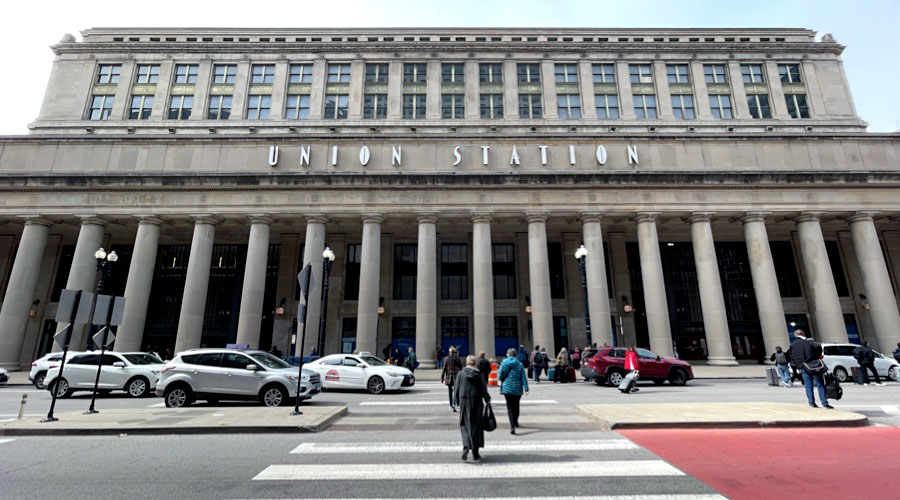
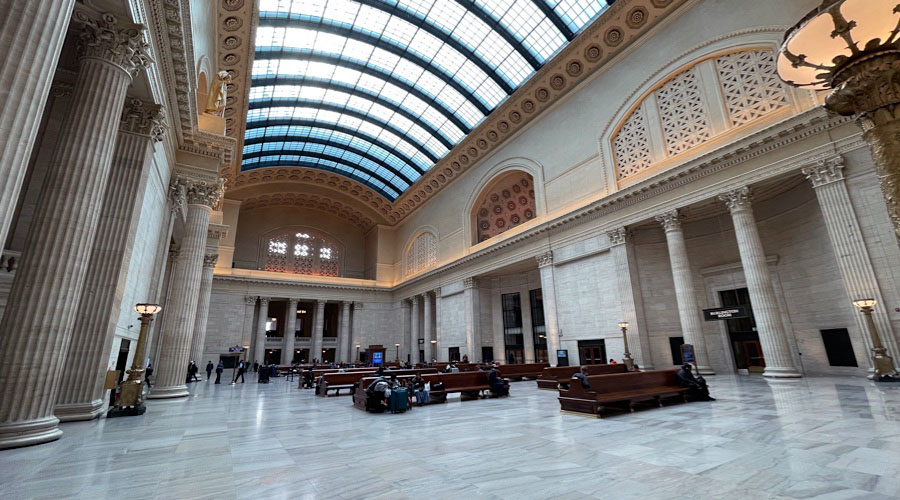
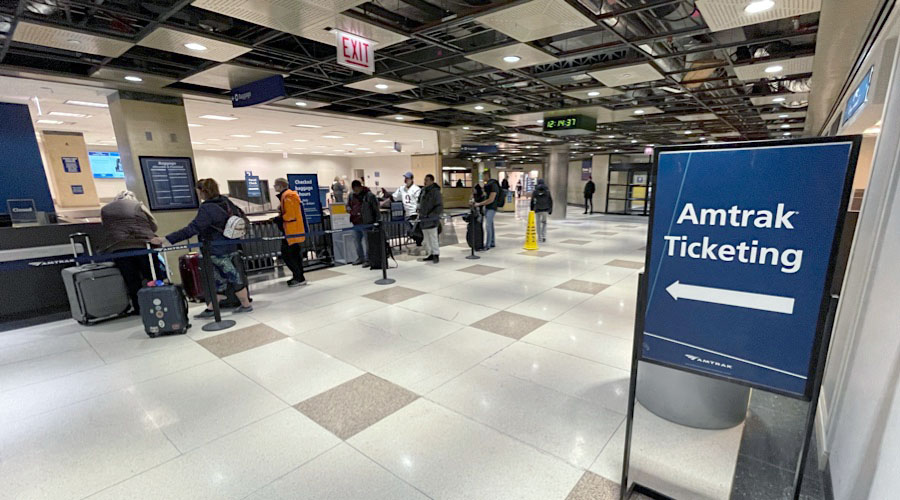


See our complete Chicago Union Station scrapbook in Amtrak Great Stations

1967 brochure / collection
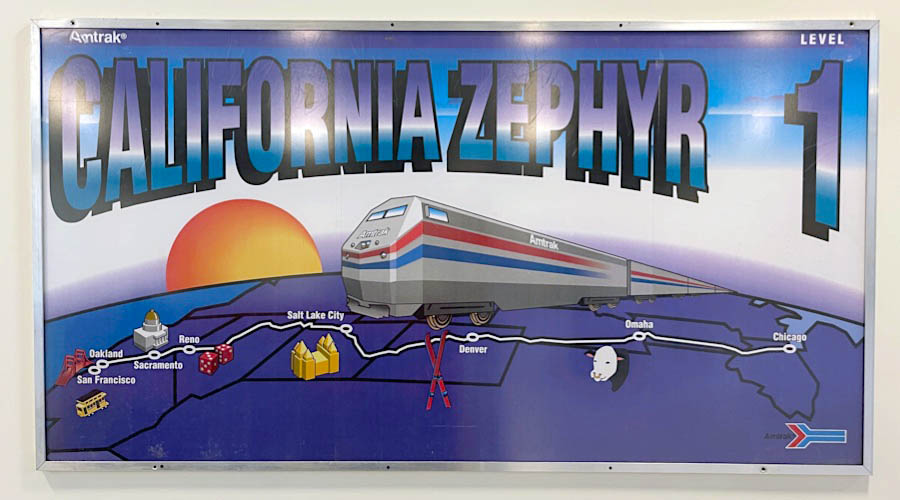
Chicago, Il / Sep 2023 / RWH

westbound #5
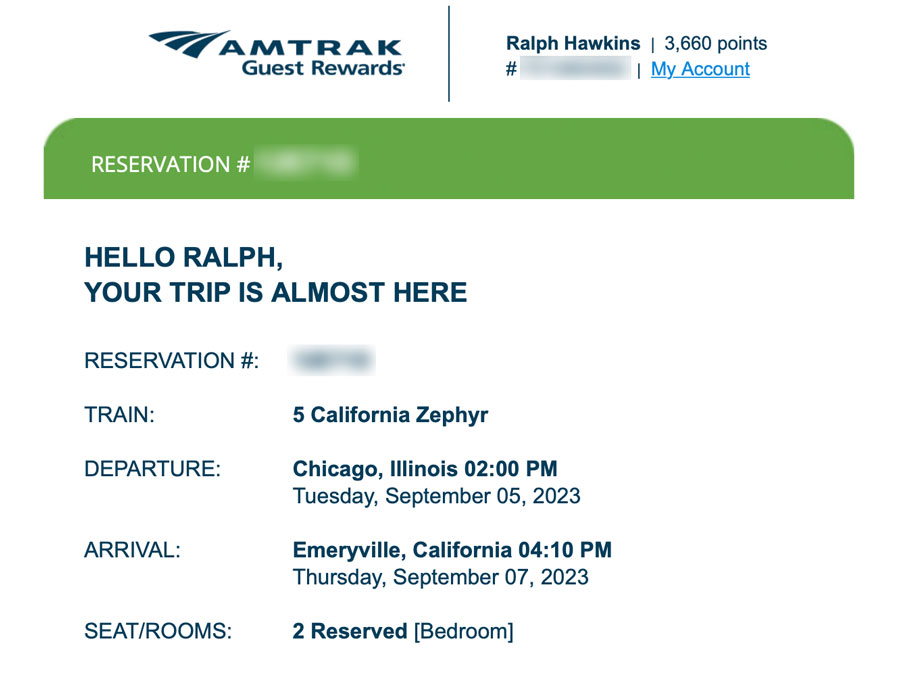

Chicago, Il / Sep 2023 / RWH

Sep 2023 / RWH
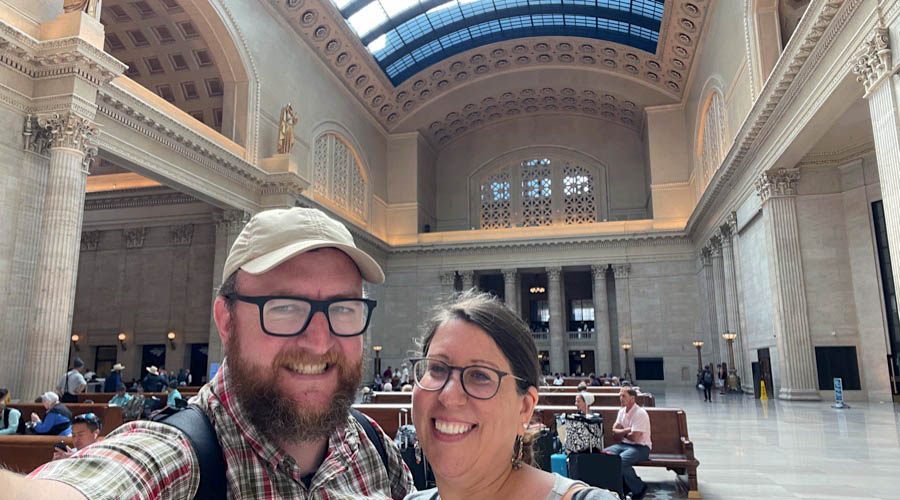
Chicago, Il / Sep 2023 / RWH
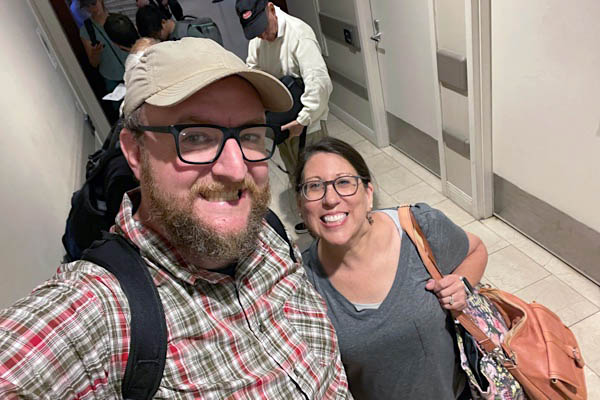
Sep 2023 / RWH
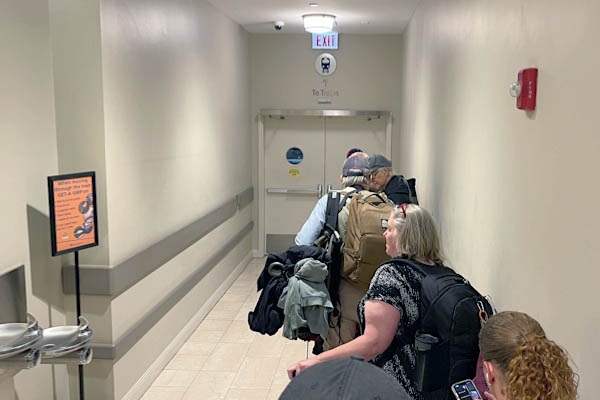
Sep 2023 / RWH
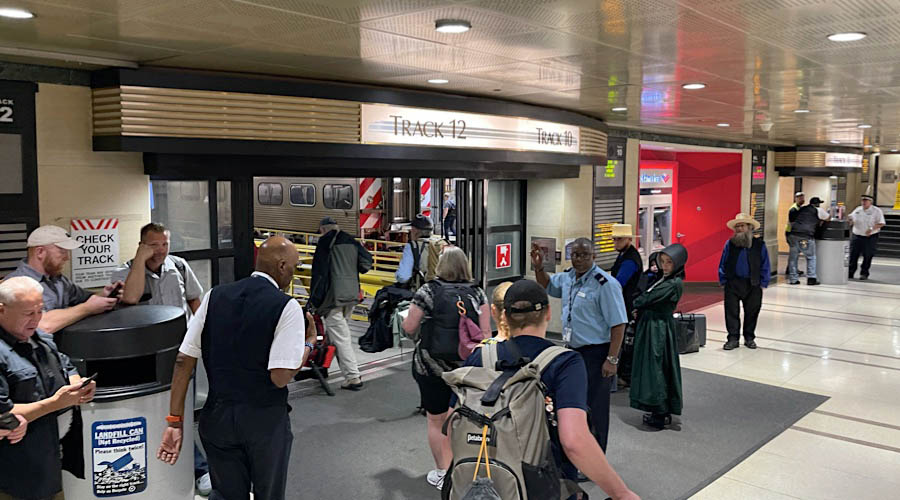
Sep 2023 / RWH
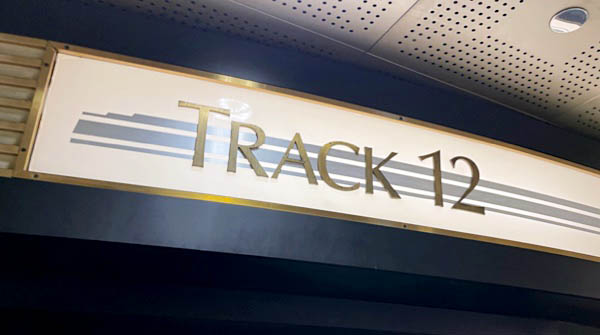
Sep 2023 / RWH
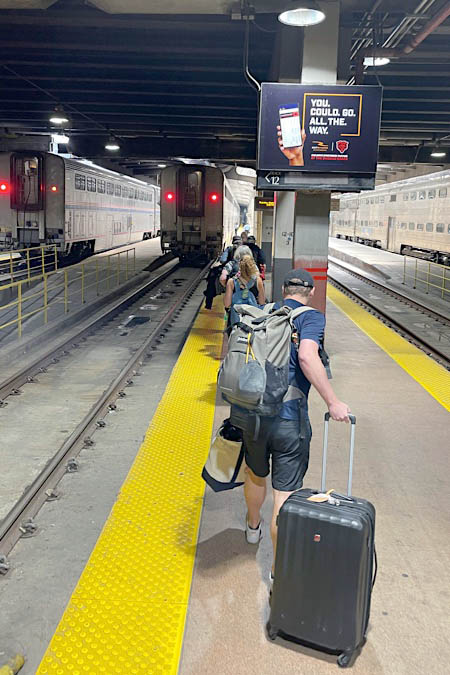

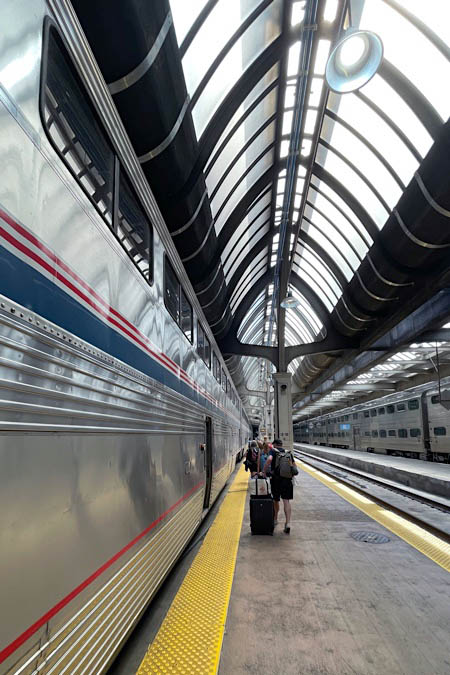
Sep 2023 / RWH
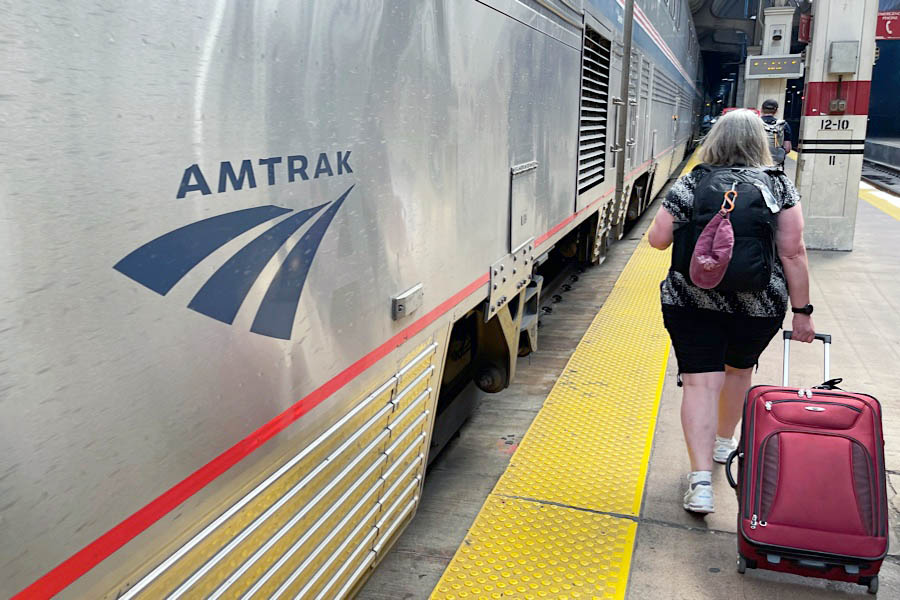
Sep 2023 / RWH
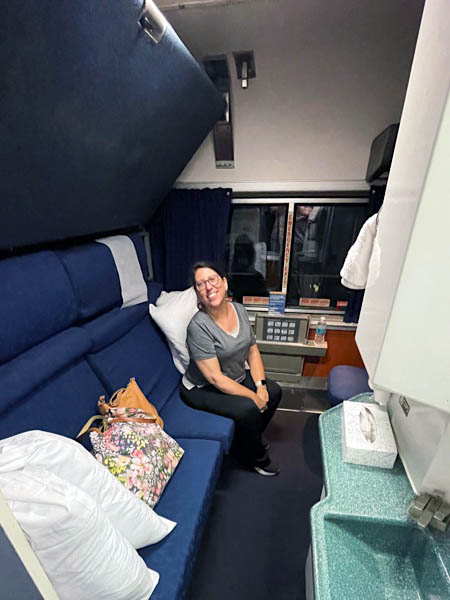
Sep 2023 / RWH
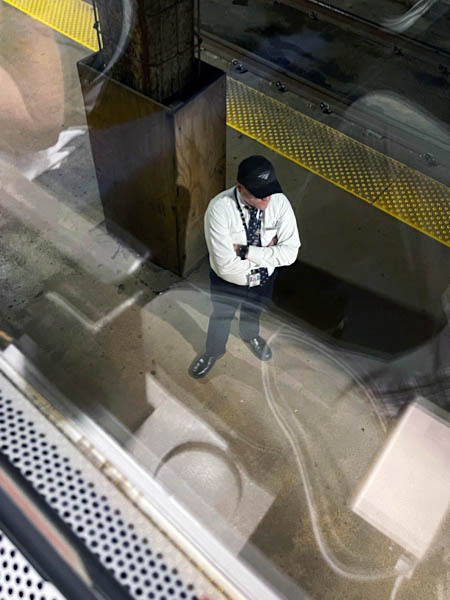
Sep 2023 / RWH
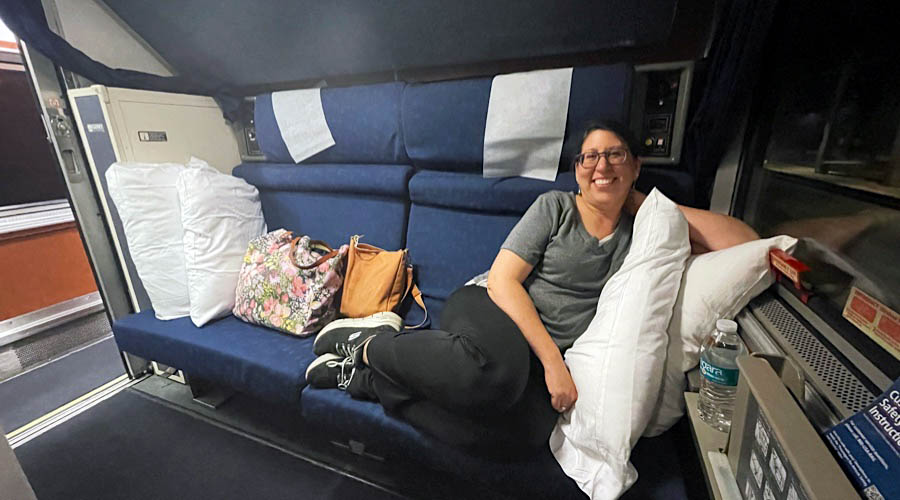
Sep 2023 / RWH

westbound #6
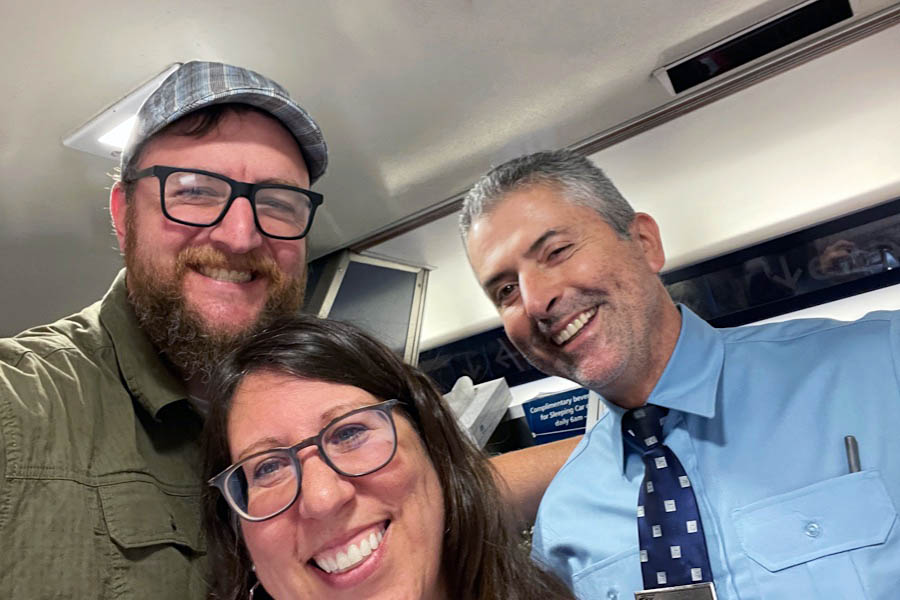
Sep 2023 / RWH
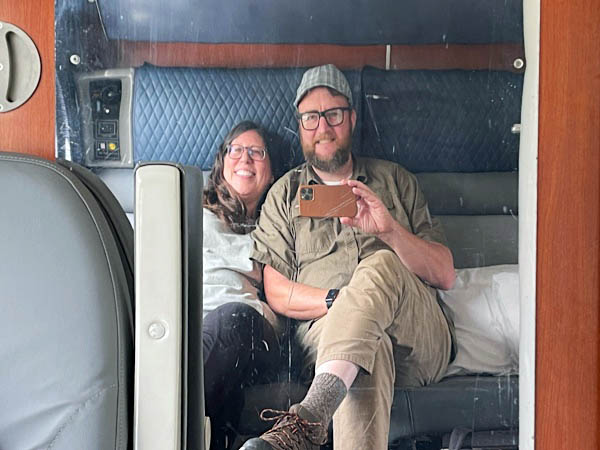
Sep 2023 / RWH
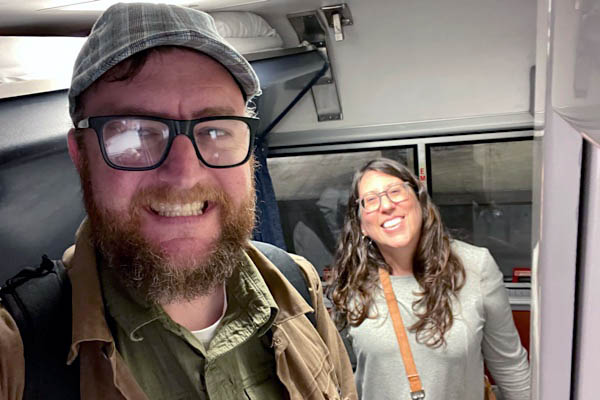
Sep 2023 / RWH

Sep 2023 / RWH
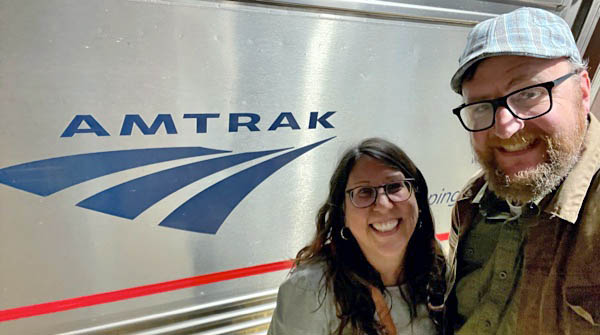
Sep 2023 / RWH
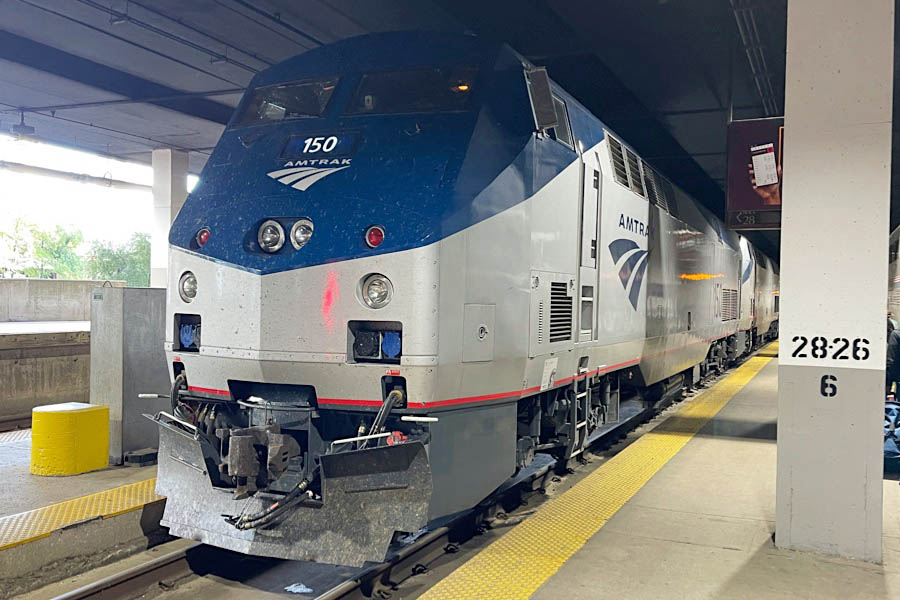
Chicago, Il / Sep 2023 / RWH

Sep 2023 / RWH
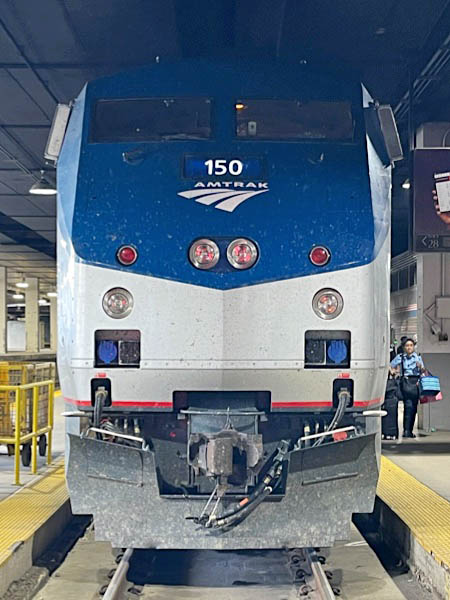
Sep 2023 / RWH

Chicago, Il / Sep 2023 / RWH
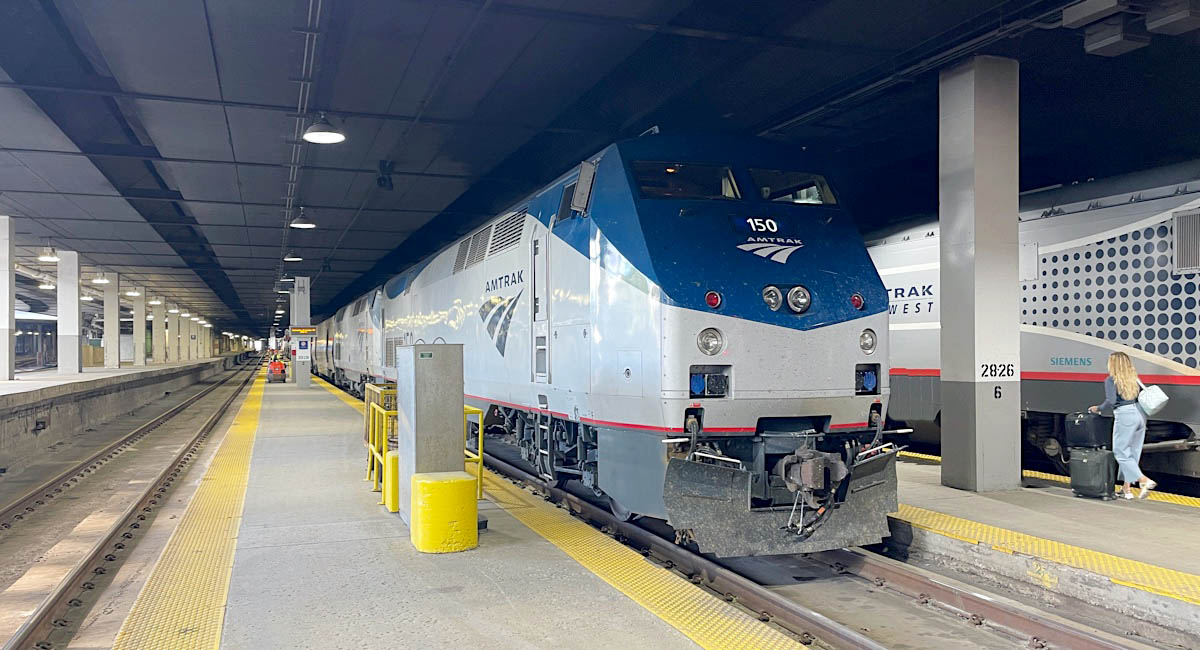
Chicago, Il / Sep 2023 / RWH
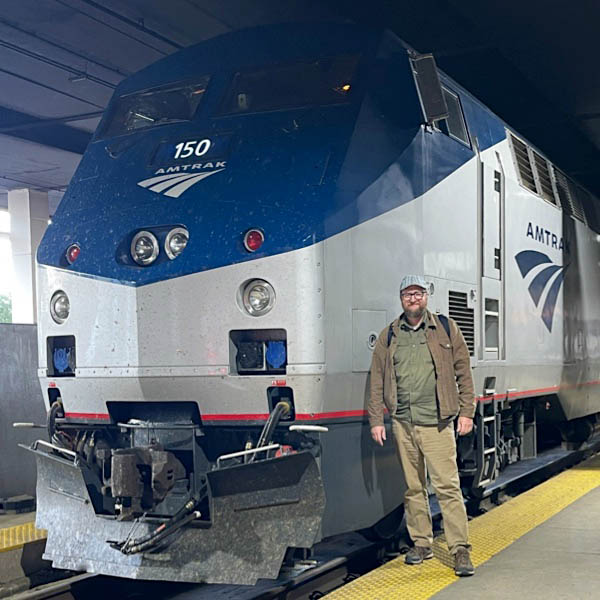
Sep 2023 / DKT
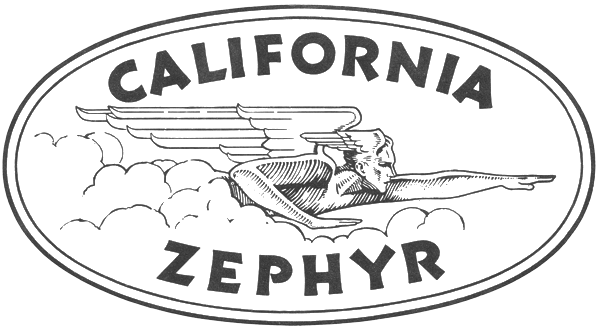
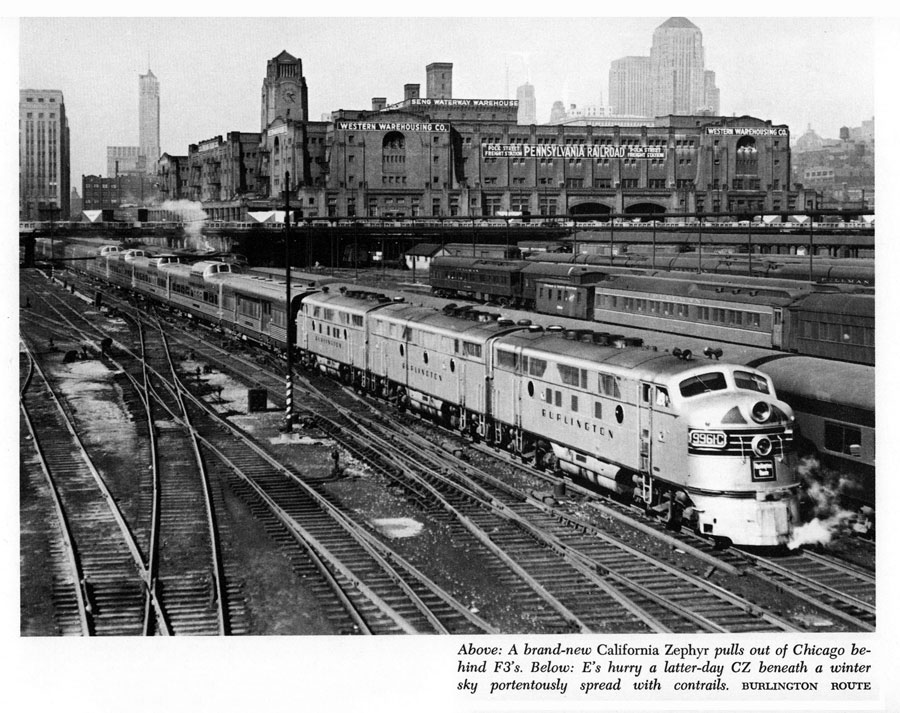
from The Story of the California Zephyr by Karl Zimmermann / collection
 Illinois
Illinois
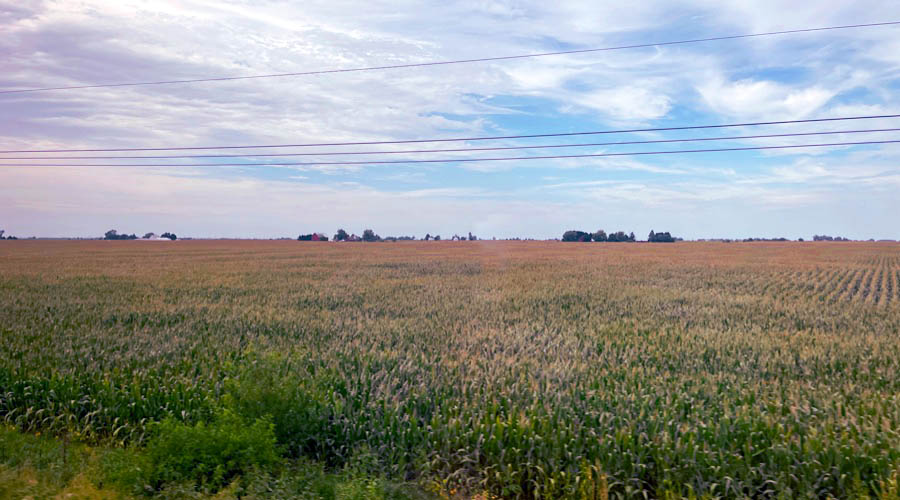
Somonauk, Il / Sep 2023 / RWH
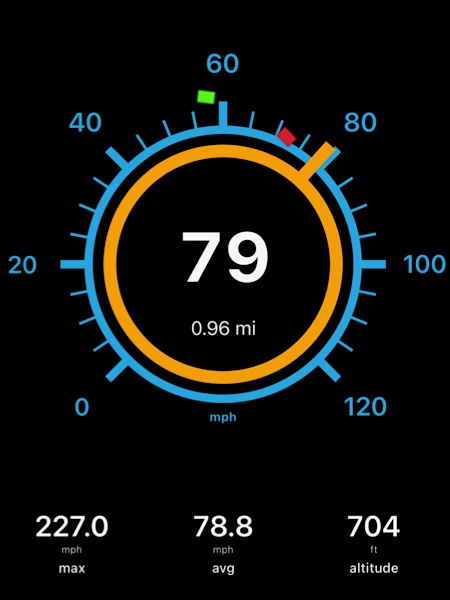
RWH
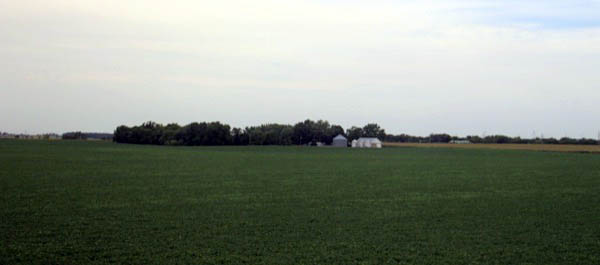
Earlville, Il / Sep 2023 / RWH
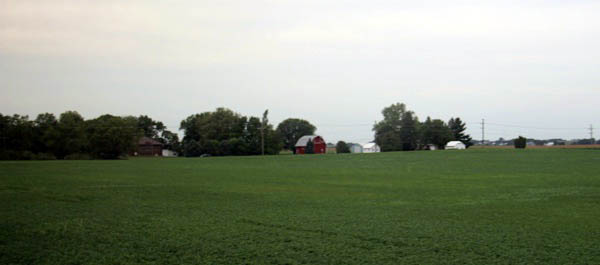
Earlville, Il / Sep 2023 / RWH
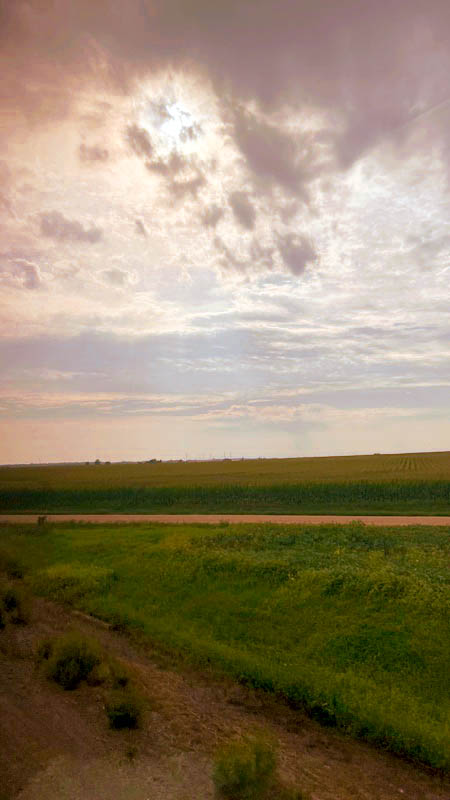
Kewanee, Il / Sep 2023 / RWH
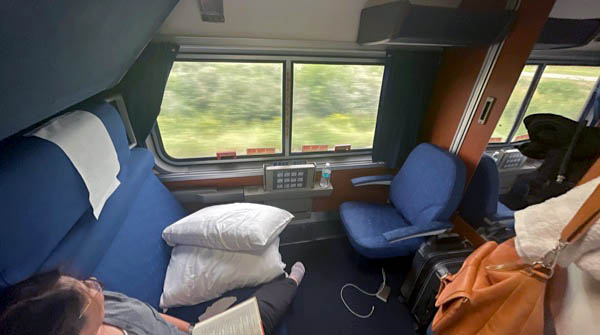
Galva, Il / Sep 2023 / RWH

Galva, Il / Sep 2023 / RWH
 Galesburg, Il
Galesburg, Il

1967 brochure / collection
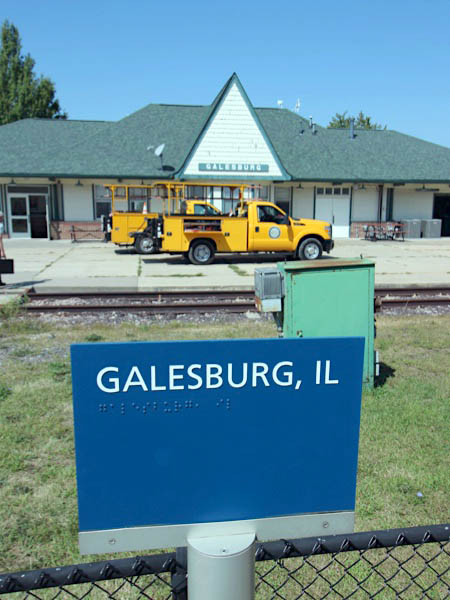
Sep 2023 / RWH
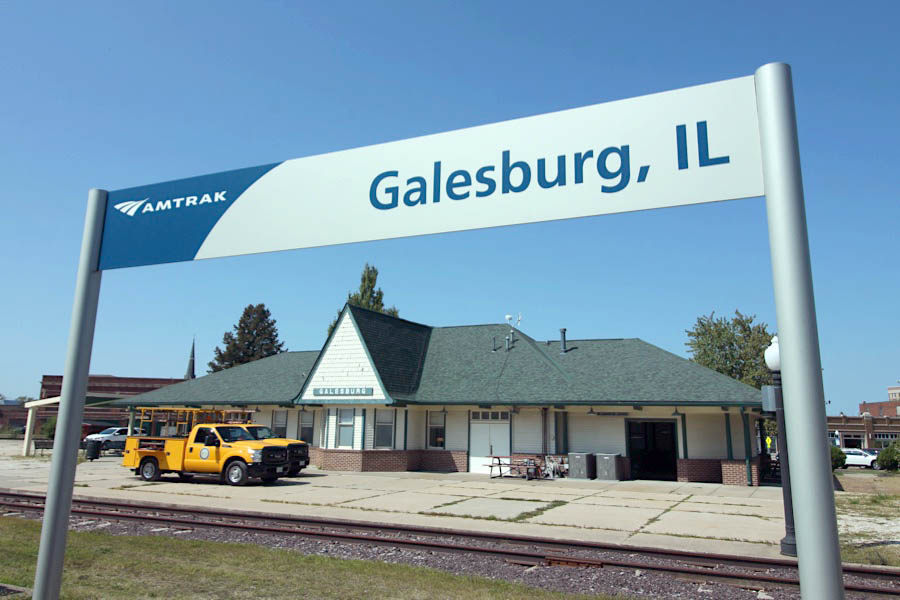
Galesburg, Il / Sep 2023 / RWH

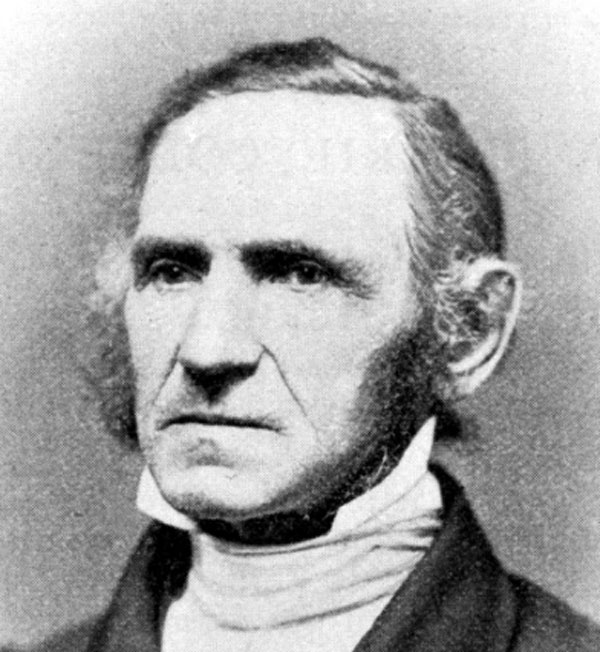 In 1834 the Rev. George Washington Gale of Whitesboro, Oneida County, New York, conceived the idea of establishing a western college in a town specifically colonized for that purpose. Subscriptions were taken for the purpose of raising $40,000 to purchase and plat a Township of land in one of the western states. By May 1835 sufficient funds had been secured for an exploring committee to go to Indiana and Illinois. On or about November 1835 a purchasing committee (consisting of Sylvanus Ferris, Nehemiah West, Thomas Simmons and Mr. Gale) purchased 10,746.81 acres in Knox County. Nehemiah Losey, deputized surveyor and later a Professor of Mathematics and Natural Science at Knox College, laid out the town among prairie grass and wild flowers. It was six blocks north and south and seven blocks east and west.
In 1834 the Rev. George Washington Gale of Whitesboro, Oneida County, New York, conceived the idea of establishing a western college in a town specifically colonized for that purpose. Subscriptions were taken for the purpose of raising $40,000 to purchase and plat a Township of land in one of the western states. By May 1835 sufficient funds had been secured for an exploring committee to go to Indiana and Illinois. On or about November 1835 a purchasing committee (consisting of Sylvanus Ferris, Nehemiah West, Thomas Simmons and Mr. Gale) purchased 10,746.81 acres in Knox County. Nehemiah Losey, deputized surveyor and later a Professor of Mathematics and Natural Science at Knox College, laid out the town among prairie grass and wild flowers. It was six blocks north and south and seven blocks east and west.
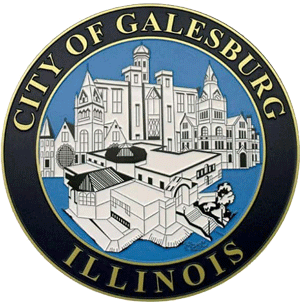 By the fall of 1837 the town had 232 inhabitants. The growth of Galesburg was steady, but slow. It was incorporated as a village in 1841 and by 1850 had a population of about 882. In the mid-1850s, the Chicago, Burlington and Quincy Railroad completed a line that went through Galesburg, and forever changed the economic and political bases of the city. The population exploded to over 4,000 by 1856 and reached 9,230 in 1867. The City of Galesburg incorporated on February 14, 1857. After an election in 1869, and after years of debate and an Illinois Supreme Court decision in 1873, Galesburg became the county seat.
By the fall of 1837 the town had 232 inhabitants. The growth of Galesburg was steady, but slow. It was incorporated as a village in 1841 and by 1850 had a population of about 882. In the mid-1850s, the Chicago, Burlington and Quincy Railroad completed a line that went through Galesburg, and forever changed the economic and political bases of the city. The population exploded to over 4,000 by 1856 and reached 9,230 in 1867. The City of Galesburg incorporated on February 14, 1857. After an election in 1869, and after years of debate and an Illinois Supreme Court decision in 1873, Galesburg became the county seat.
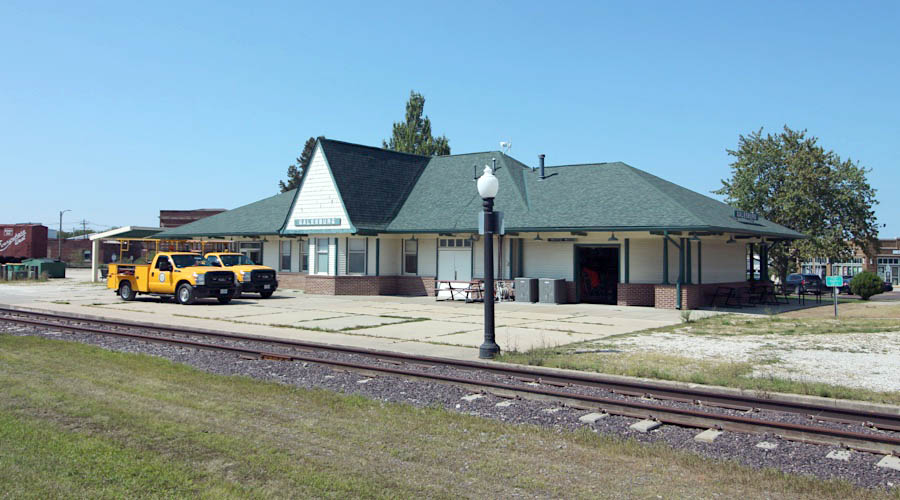
Galesburg, Il / Sep 2023 / RWH

Click to see the Galesburg depot area plotted on a Google Maps page

The modern Galesburg station, easily recognizable by the steeply pitched gabled roof on its entrance portico and traditional flanking wings with hipped roofs, was built in 1984 with funding from the city of Galesburg, Amtrak and the Illinois Department of Transportation. The land was donated by the BNSF Railway and landscaping assistance provided by a local bank. The cost of the new station project was less than $300,000. The original wooden pews were salvaged from the predecessor Chicago, Burlington & Quincy (CB&Q) Railroad station and installed in the new facility, along with a historically-styled natural-wood interior paneling, ceiling fans and lamps. Currently, the city maintains the station’s exterior while Amtrak maintains its interior. A statue of Abraham Lincoln stands on the depot grounds to commemorate his many visits to the community.

Galesburg, Il / Sep 2023 / RWH
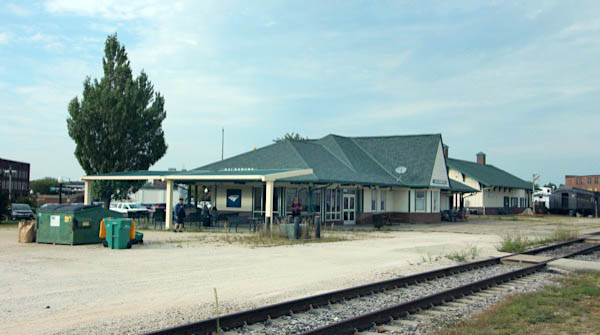
Galesburg, Il / Sep 2023 / RWH
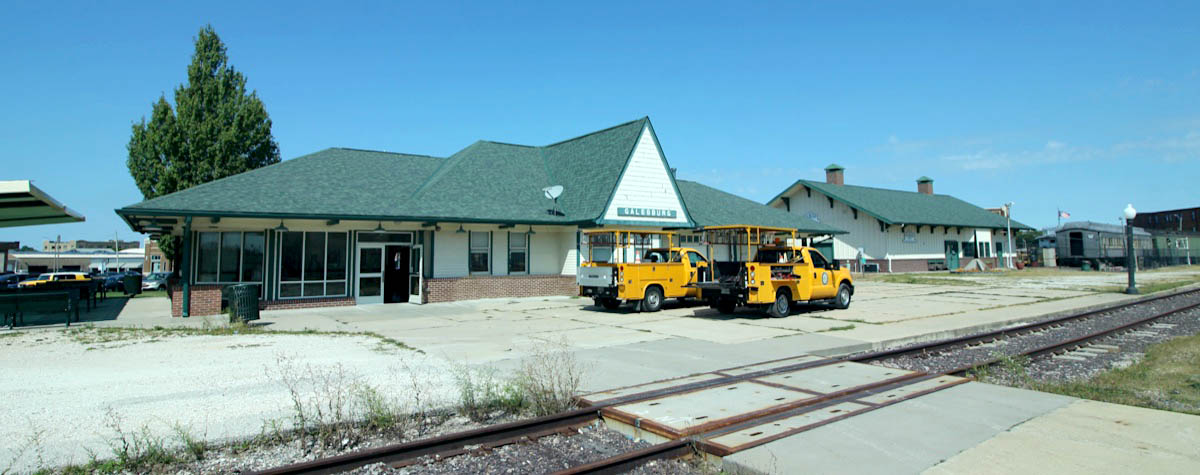
Galesburg, Il / Sep 2023 / RWH
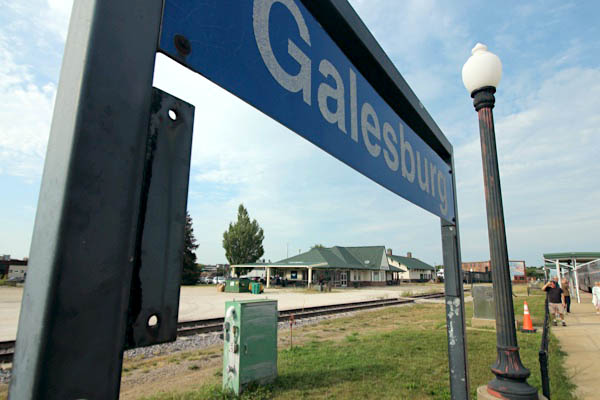
Galesburg, Il / Sep 2023 / RWH
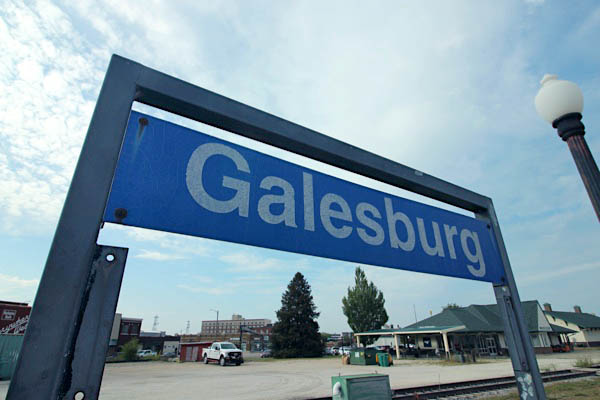
Galesburg, Il / Sep 2023 / RWH
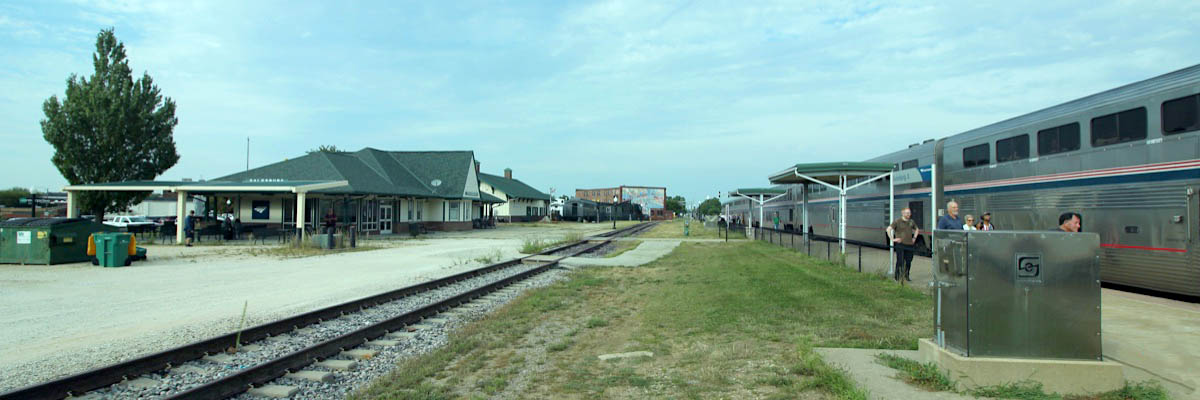
Galesburg, Il / Sep 2023 / RWH

The three successive CB&Q stations built in Galesburg certainly fit the town’s aspirations as a commercial center. The first was destroyed by fire in 1881 and was replaced in 1884 with a sturdy red-brick Victorian structure. The 1884 station featured three floors on two wings with a tall, square tower capped with a high pyramidal roof, embellished in pale stone. This structure burned as well in April of 1911, and a new depot was constructed in 1912 to replace it. This last was an Italianate brick station with five arched bays per wing flanking a blocky, projecting portico, the whole giving an impression of solidity and purpose. All three of these stations stood upon the approximate location of the current facility. The third structure was razed in 1983, and replaced with the current facility.
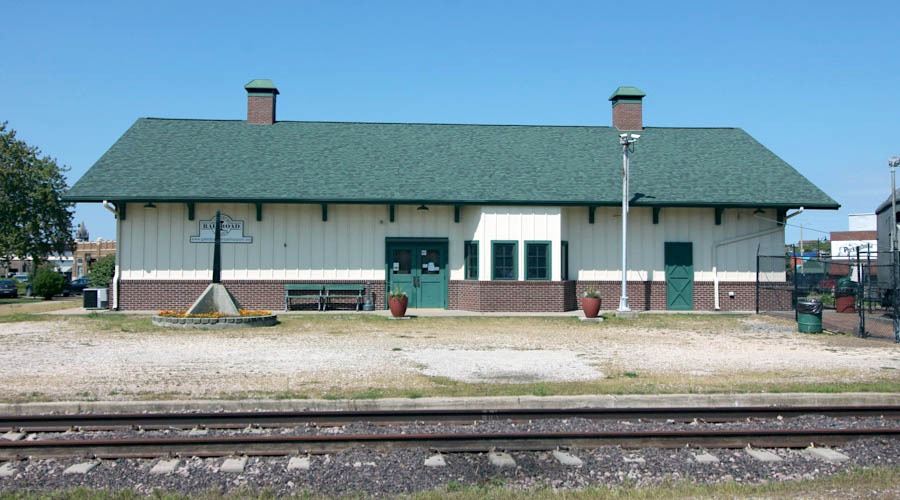
Galesburg, Il / Sep 2023 / RWH

Galesburg, Il / Sep 2023 / RWH
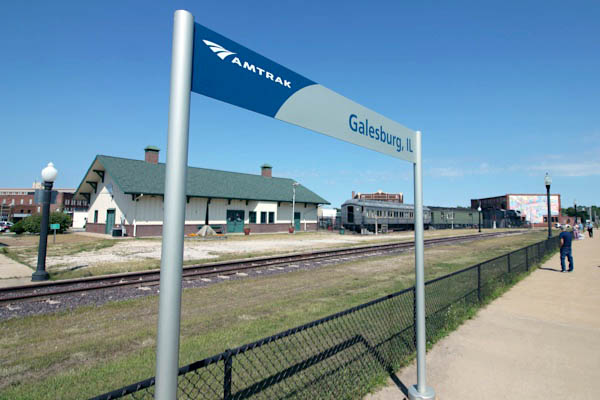
Galesburg, Il / Sep 2023 / RWH

Galesburg, Il / Sep 2023 / RWH
Chicago Burlington & Quincy #3006


Chicago Burlington & Quincy #3006
1 of 4 surviving, on display
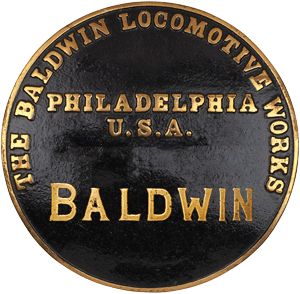
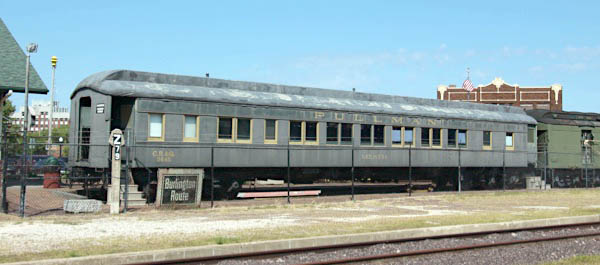
Galesburg, Il / Sep 2023 / RWH
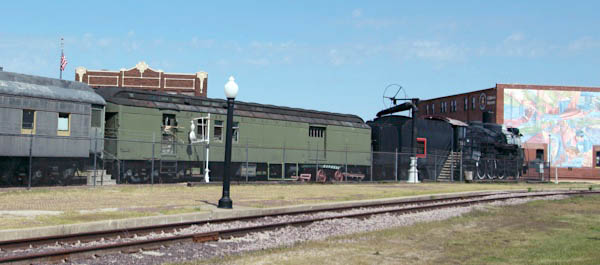
Galesburg, Il / Sep 2023 / RWH

Galesburg, Il / Sep 2023 / RWH

westbound #5

Galesburg, Il / Sep 2023 / RWH
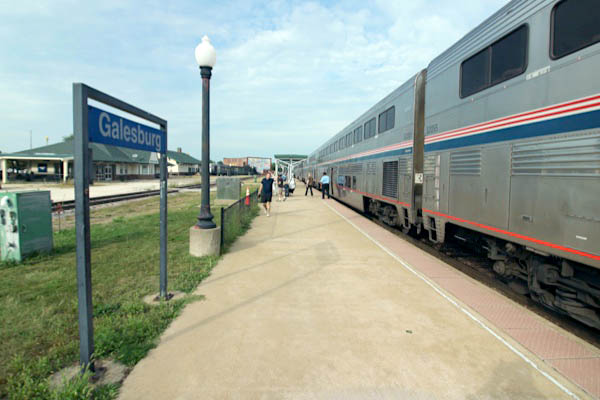
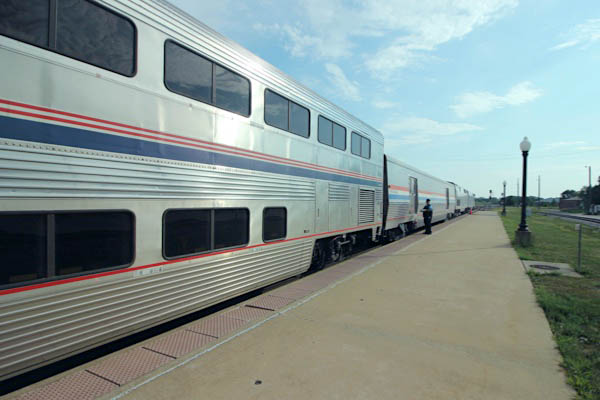
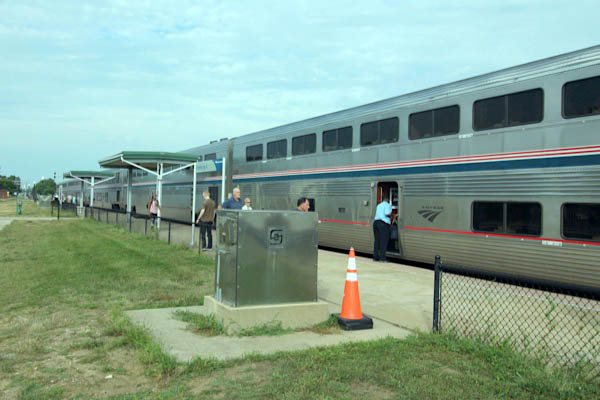
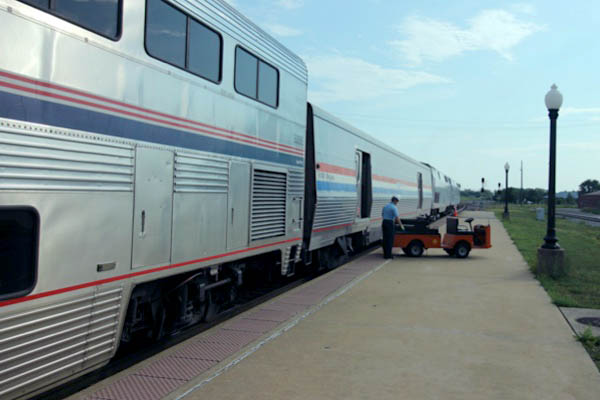

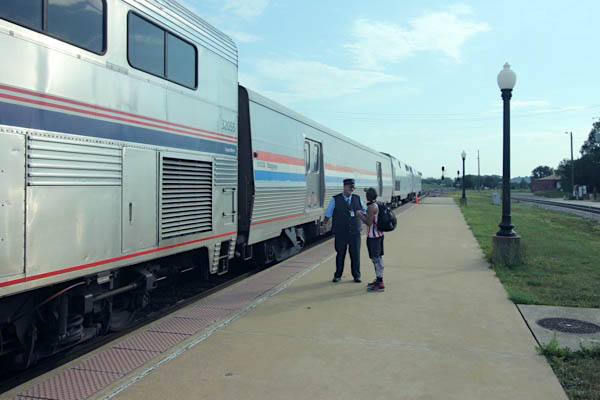
Galesburg, Il / Sep 2023 / RWH

Galesburg, Il / Sep 2023 / RWH
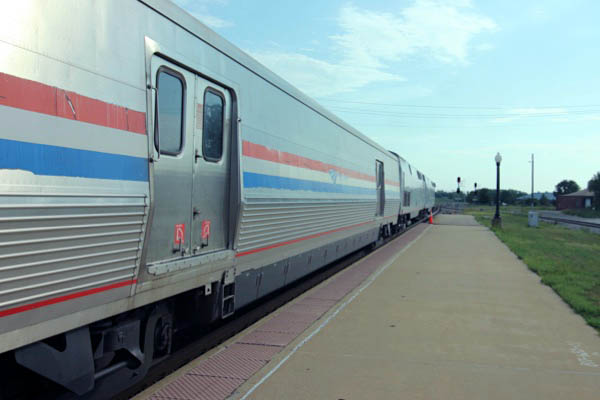
Galesburg, Il / Sep 2023 / RWH
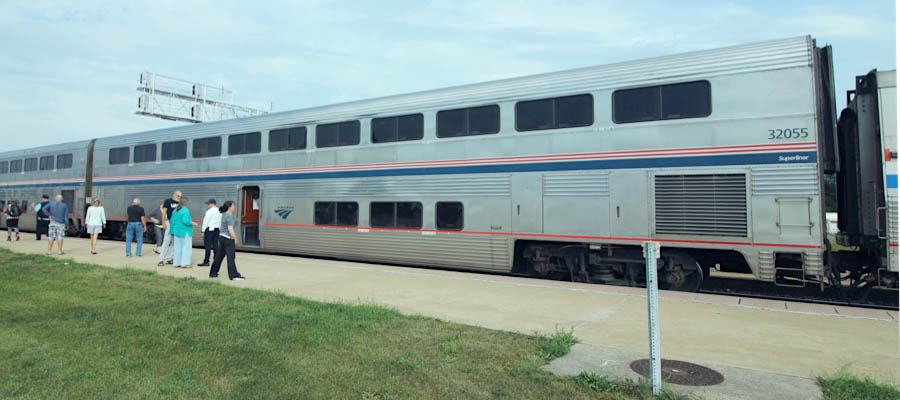
Galesburg, Il / Sep 2023 / RWH
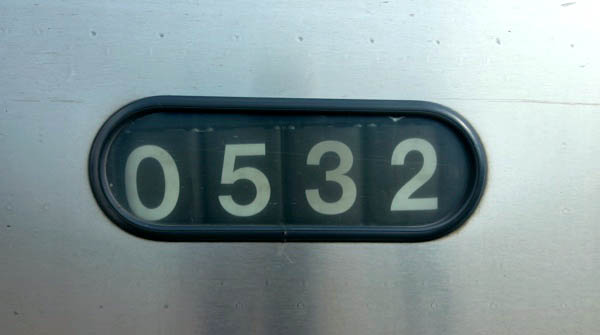
Sep 2023 / RWH
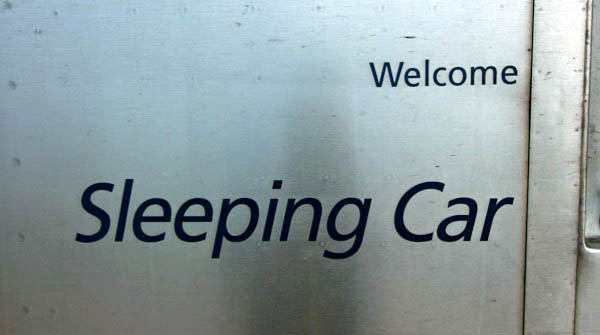
Sep 2023 / RWH

eastbound #6
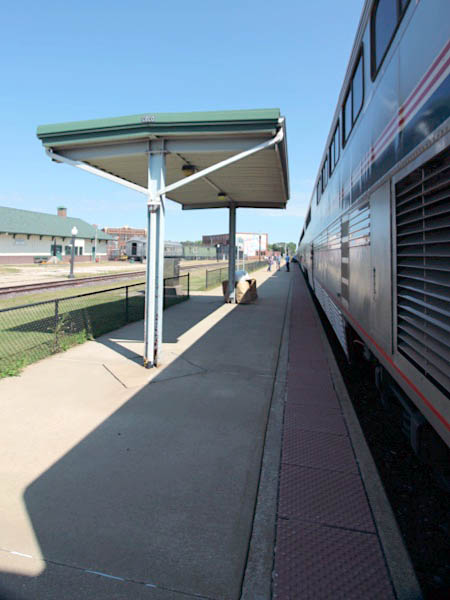
Sep 2023 / RWH
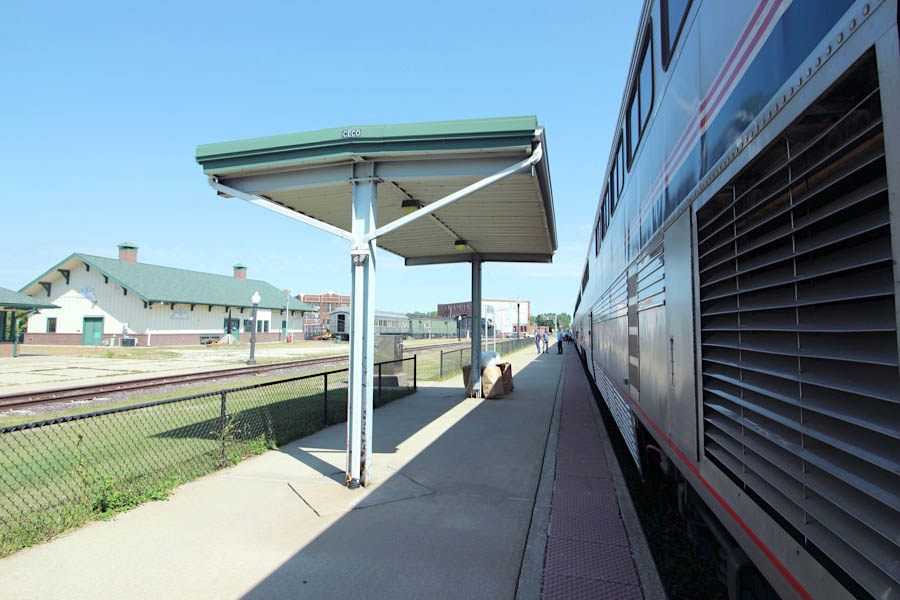
Galesburg, Il / Sep 2023 / RWH
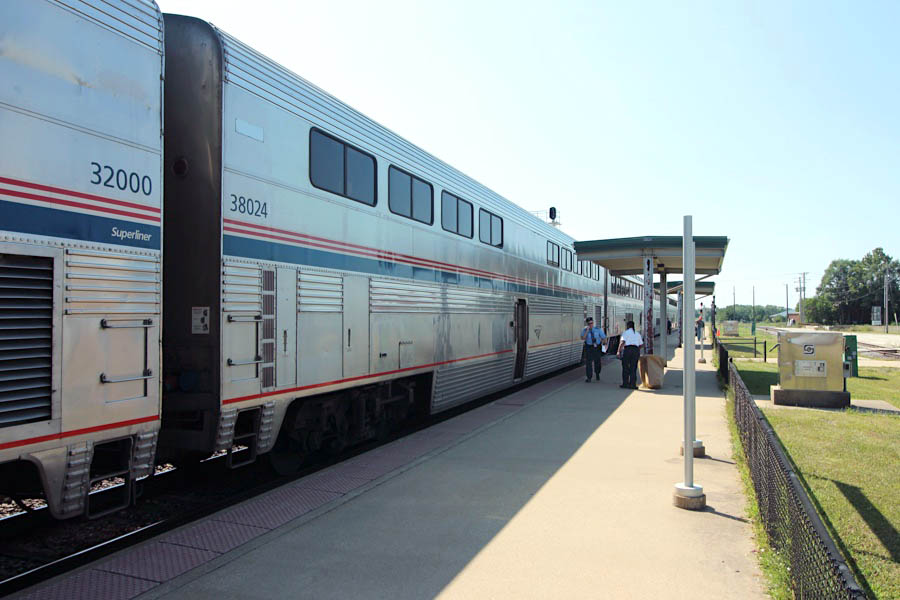
Galesburg, Il / Sep 2023 / RWH
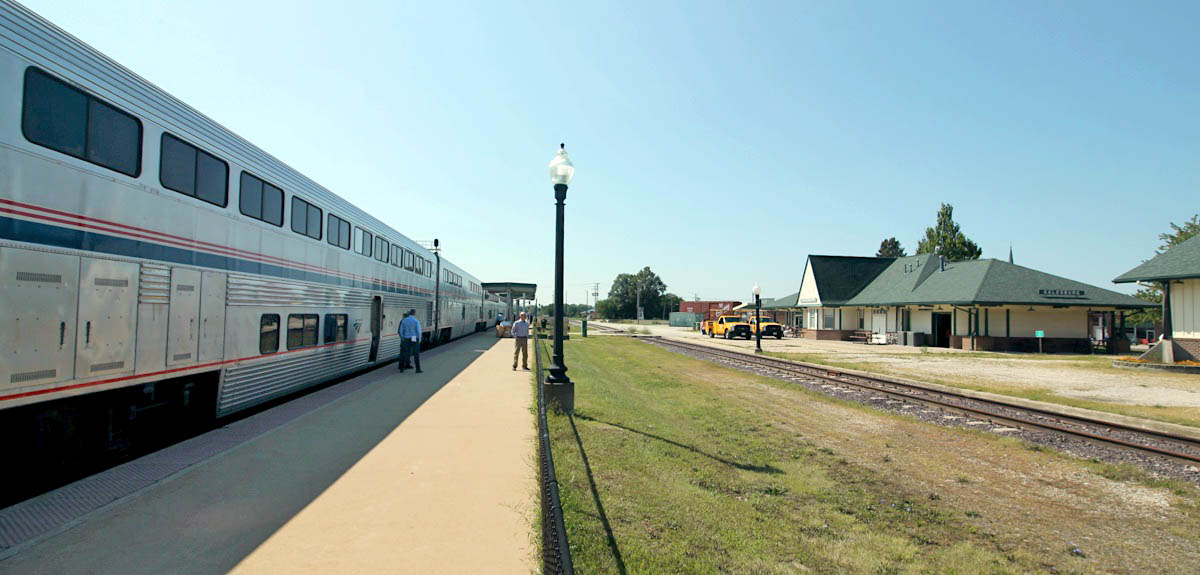
Galesburg, Il / Sep 2023 / RWH
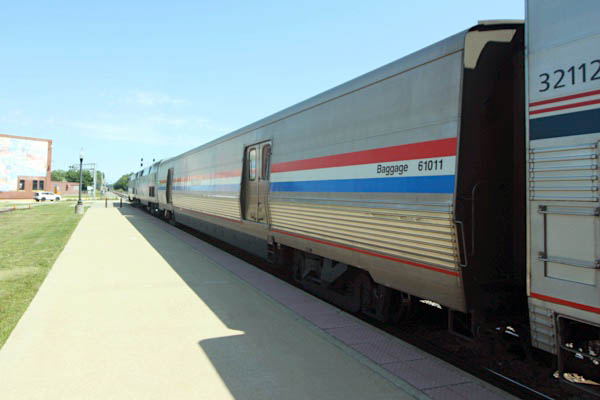
Galesburg, Il / Sep 2023 / RWH

Galesburg, Il / Sep 2023 / RWH

Galesburg, Il / Sep 2023 / RWH
 Monmouth, Il
Monmouth, Il

1967 brochure / collection
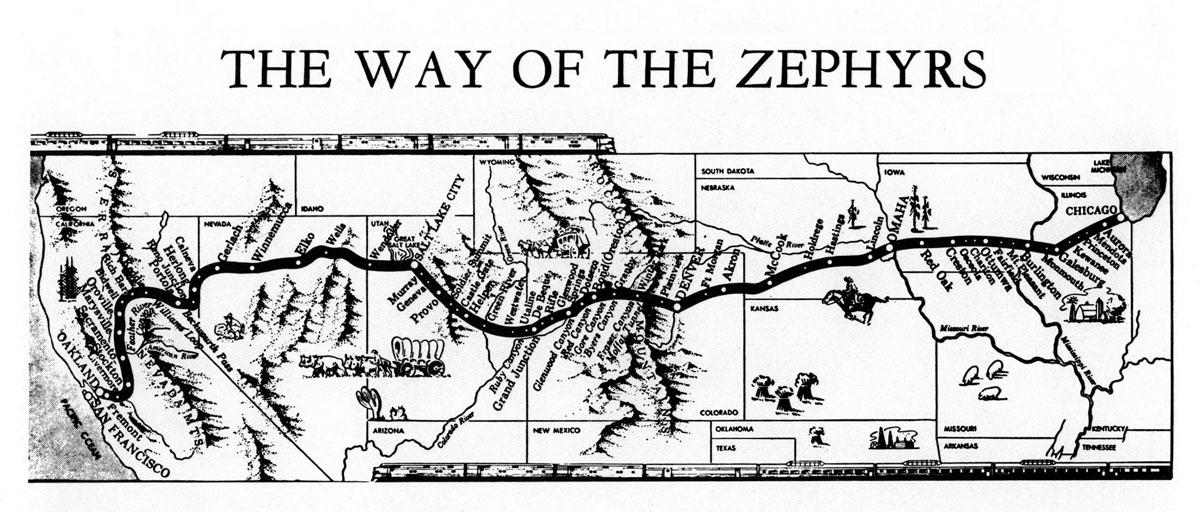
from The Story of the California Zephyr by Karl Zimmermann / collection
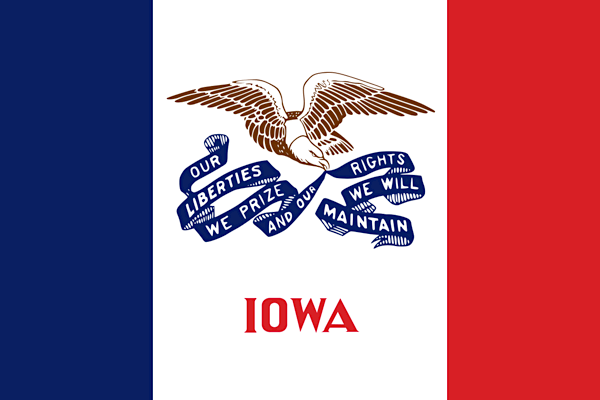 Iowa
Iowa
 Burlington, Ia
Burlington, Ia
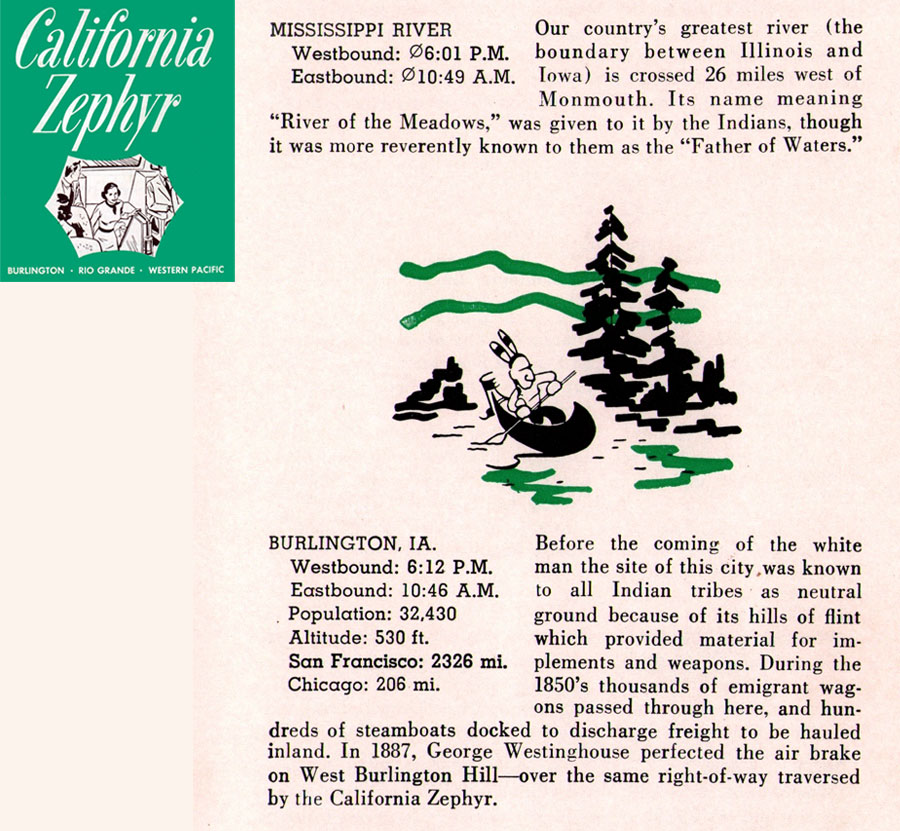
1967 brochure / collection
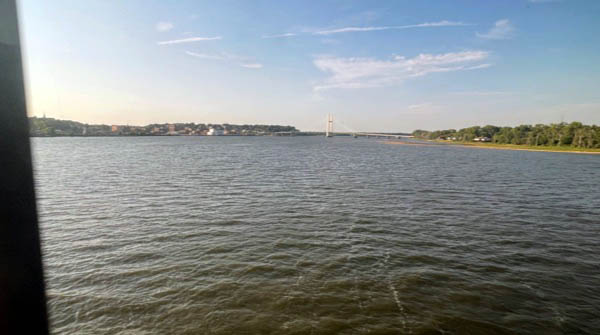

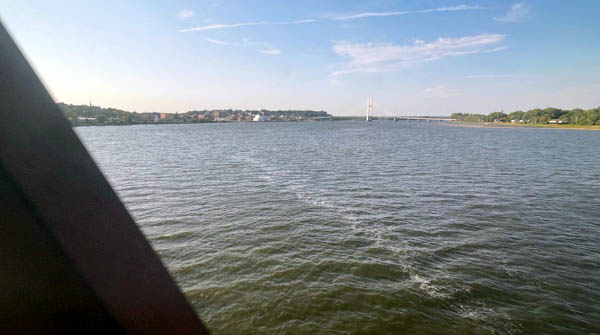
Gulfport, Il / Sep 2023 / RWH
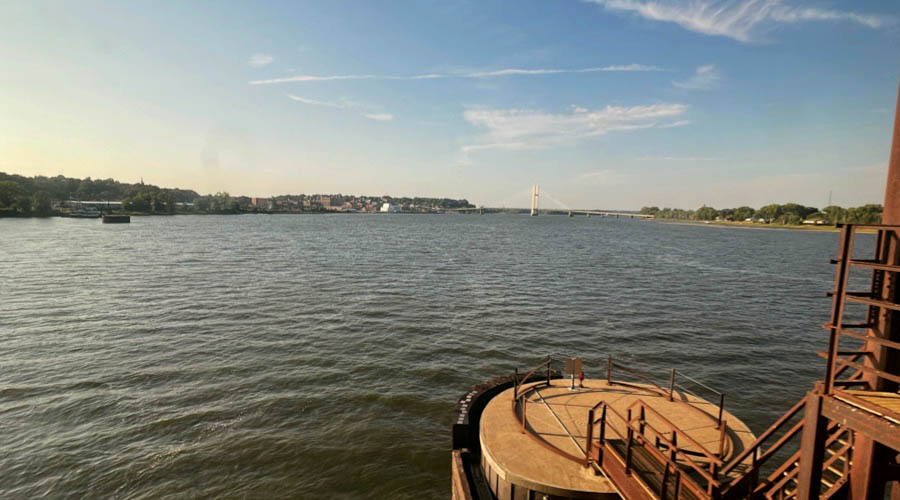
Burlington, Ia / Sep 2023 / RWH

Click to see the Mississippi River draw bridge plotted on a Google Maps page
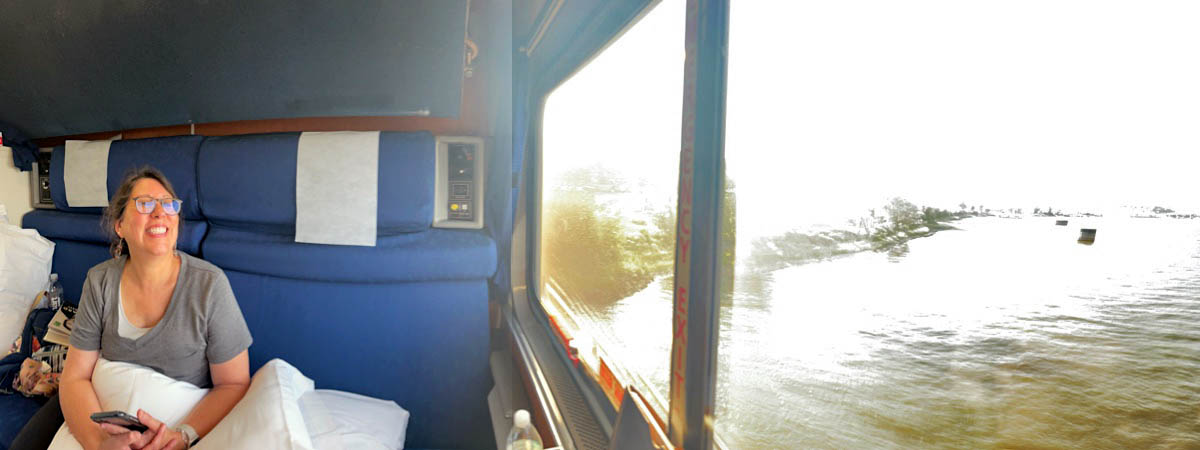
Burlington, Ia / Sep 2023 / RWH
 Iowa
Iowa
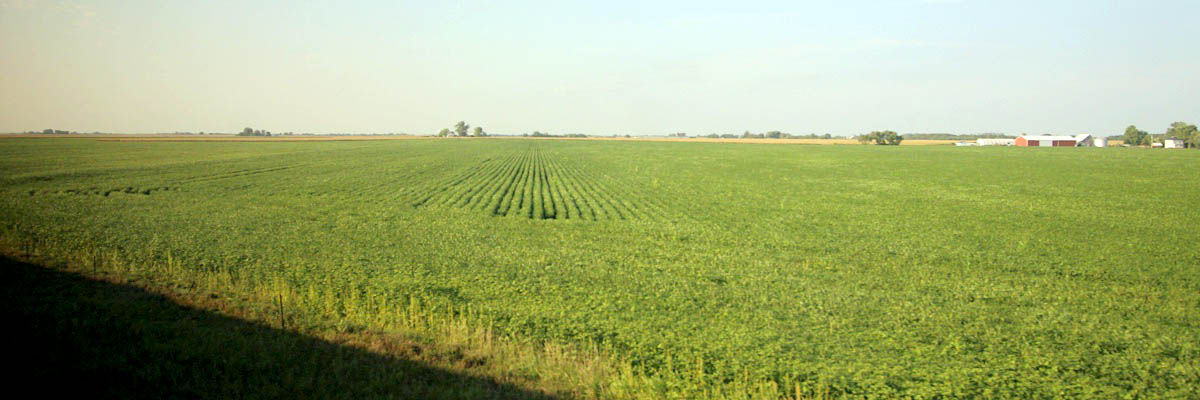
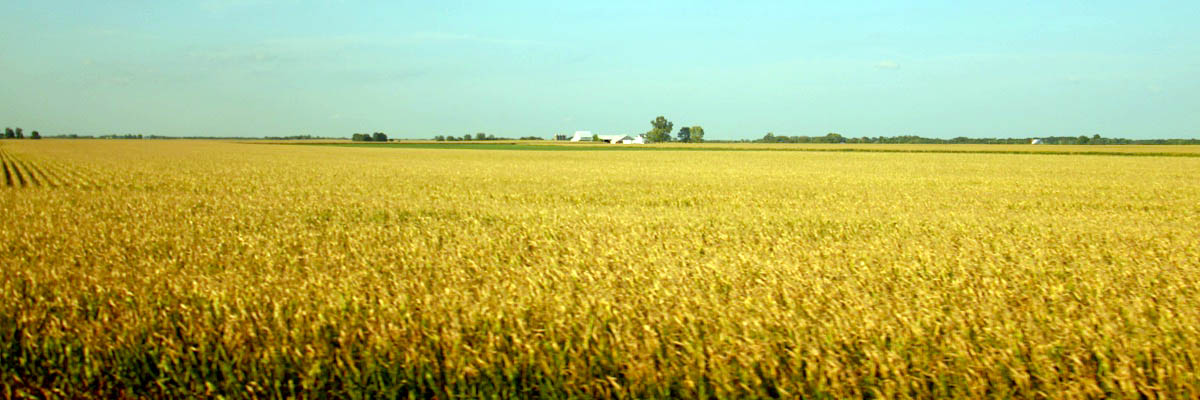
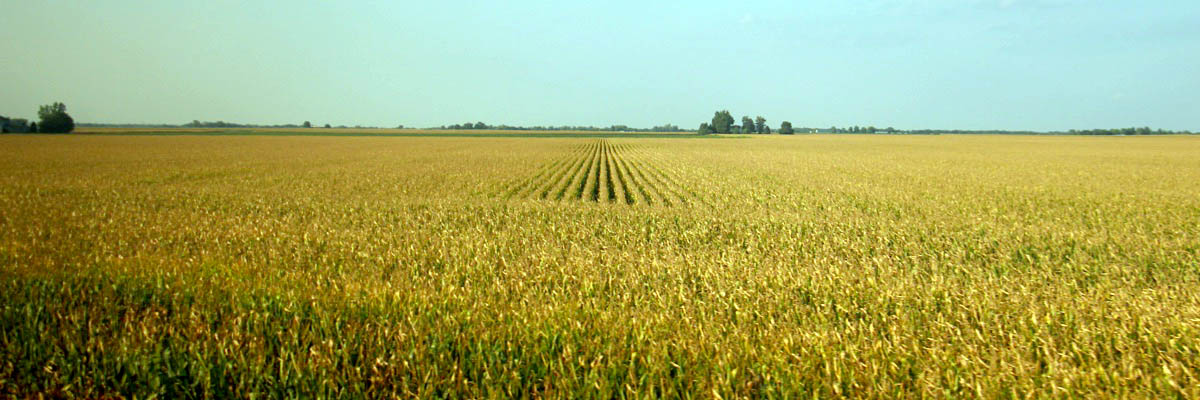
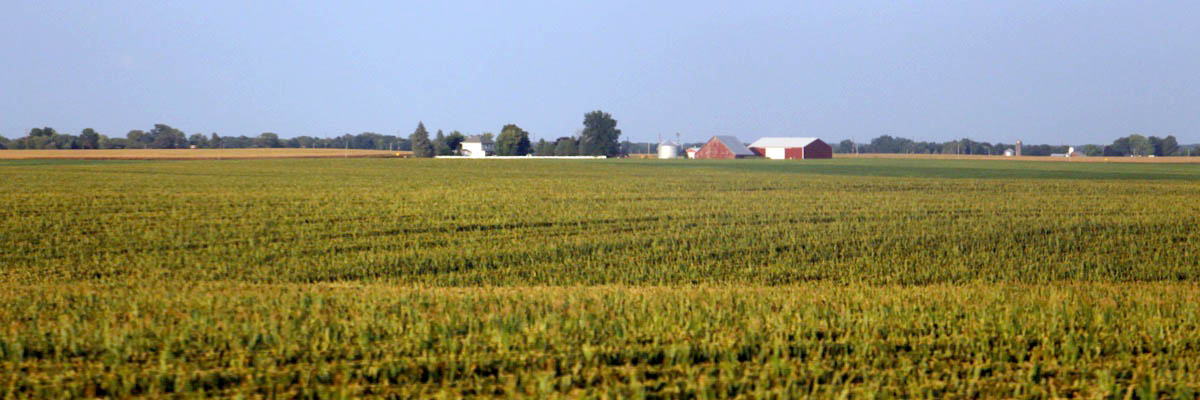

Albia, Ia / Sep 2023 / RWH
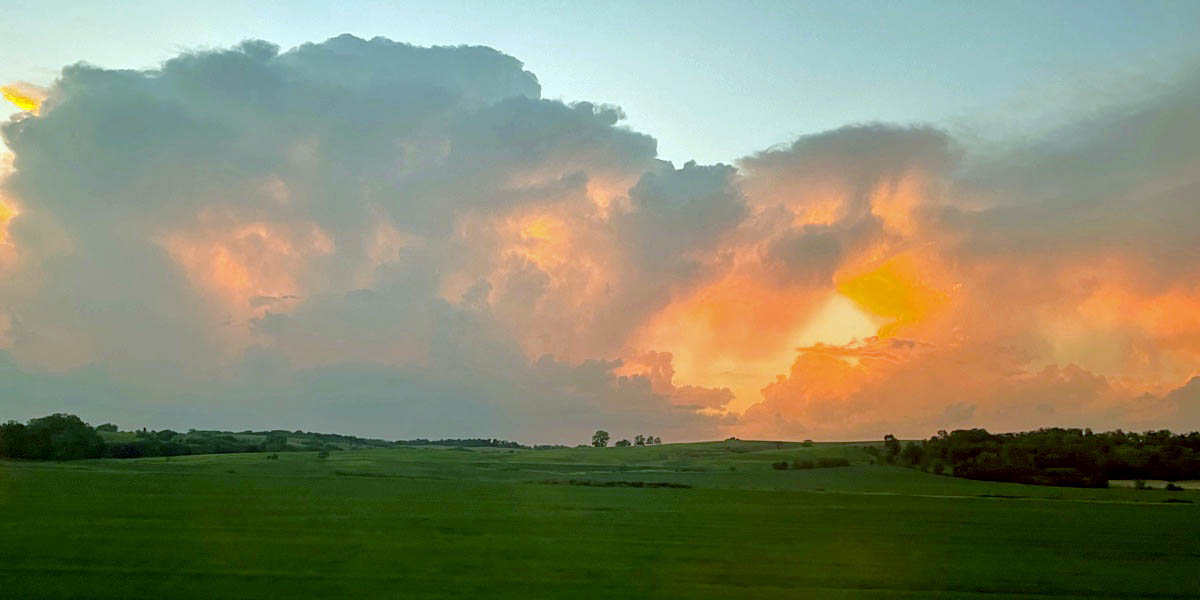
Georgetown, Ia / Sep 2023 / RWH
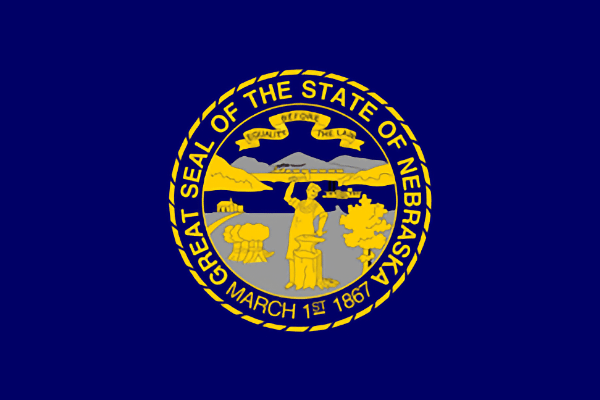 Nebraska
Nebraska
 Omaha, NE
Omaha, NE

1967 brochure / collection
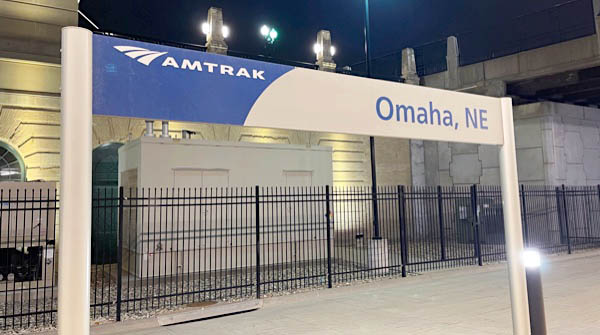
Omaha, Ne / Sep 2023 / RWH

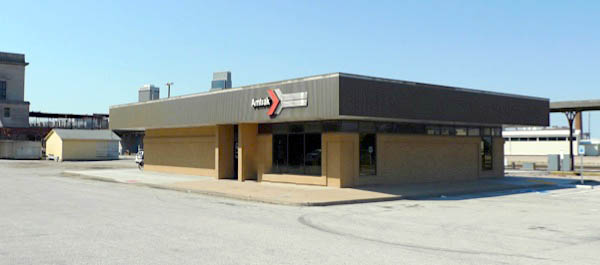 The Amtrak depot is located east of the historic Chicago, Burlington & Quincy (CB&Q) station, which Amtrak used from 1971 until 1974. Opened in July 1984, the one-story Amtrak facility follows a standardized plan introduced by the company in the late 1970s. Intended to be functional and cost-efficient, these depot designs enforced Amtrak branding by employing a unified material and color palette. The building features variegated buff brick walls punctuated by large floor-to-ceiling windows. A small band of clerestory windows wraps around the upper portion of the waiting room wall, producing a visual effect whereby the cantilevered roof appears to float above the structure.
The Amtrak depot is located east of the historic Chicago, Burlington & Quincy (CB&Q) station, which Amtrak used from 1971 until 1974. Opened in July 1984, the one-story Amtrak facility follows a standardized plan introduced by the company in the late 1970s. Intended to be functional and cost-efficient, these depot designs enforced Amtrak branding by employing a unified material and color palette. The building features variegated buff brick walls punctuated by large floor-to-ceiling windows. A small band of clerestory windows wraps around the upper portion of the waiting room wall, producing a visual effect whereby the cantilevered roof appears to float above the structure.
Looming above the newer building, the old Burlington Station was designed by famed Omaha architect Thomas Rodgers Kimball and opened on July 4, 1898, in time for the Trans-Mississippi Exposition, a glittering international showcase that attracted visitors to Omaha from around the world. Eleven years after Amtrak moved into its own building, the then-owner stripped marble from the walls, chandeliers from the ceilings, even the antique fixtures from the bathrooms. From 2013-2015, the building was renovated to serve as studios and offices for Omaha television station KETV.
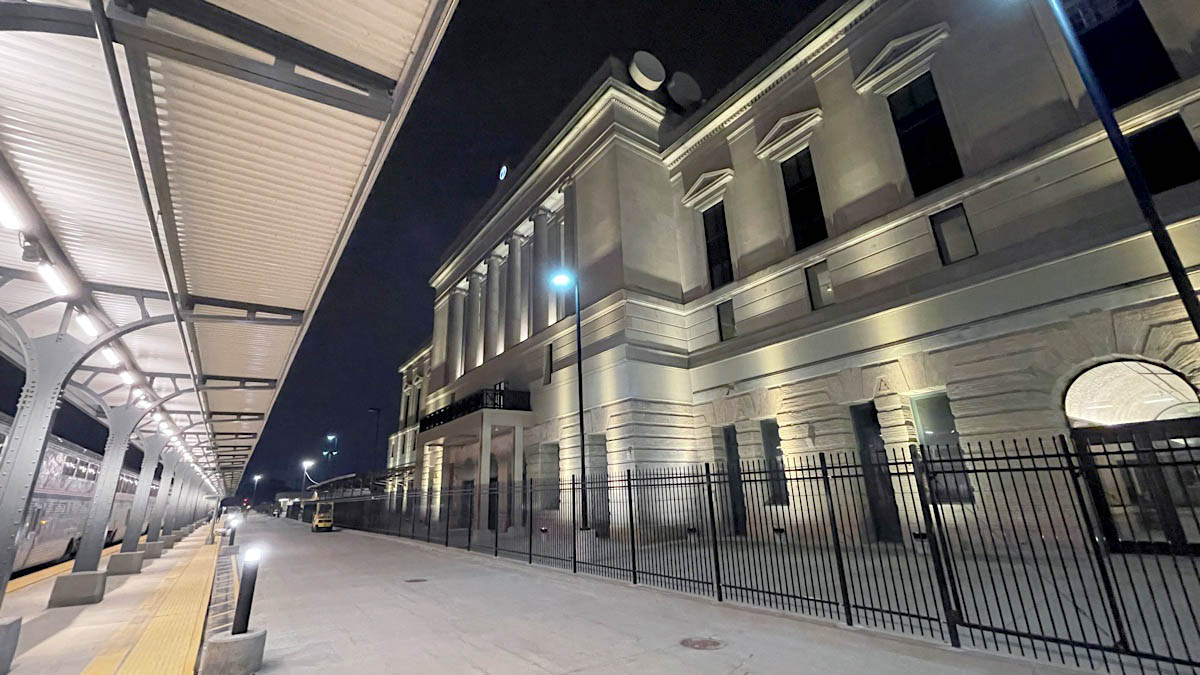
Omaha, Ne / Sep 2023 / RWH

Click to see the Omaha station area plotted on a Google Maps page
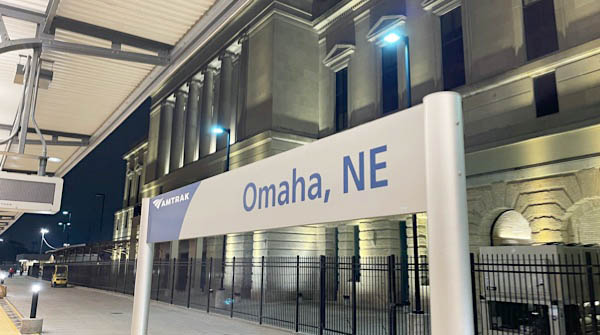
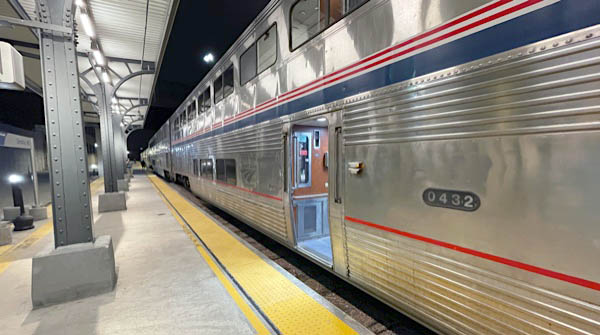

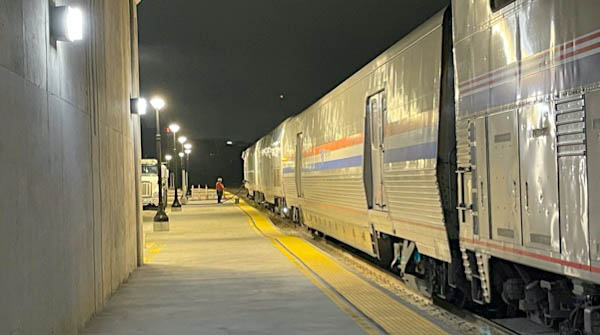
Omaha, Ne / Sep 2023 / RWH

Sep 2023 / RWH

Omaha, Ne / Sep 2023 / RWH
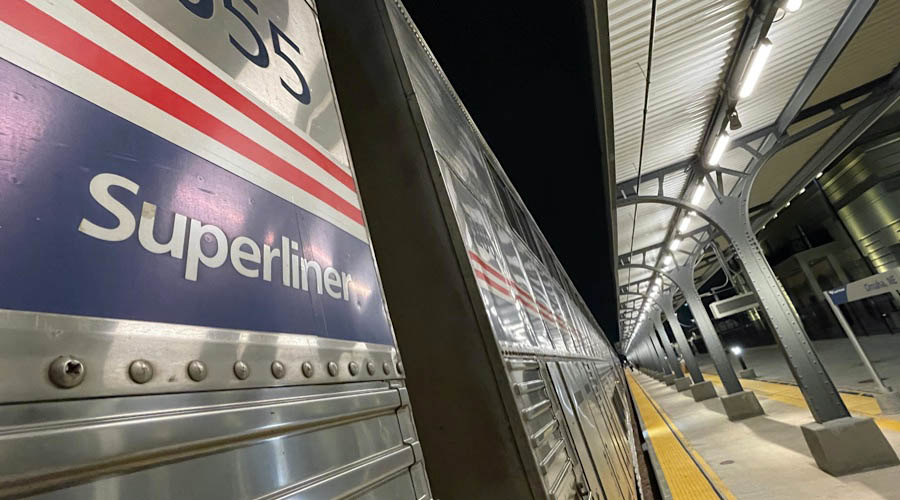
Omaha, Ne / Sep 2023 / RWH

Omaha, Ne / Sep 2023 / RWH
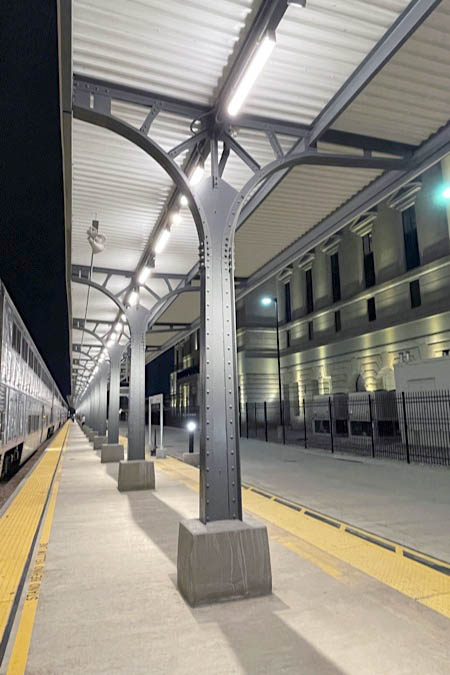
Sep 2023 / RWH

Sep 2023 / RWH
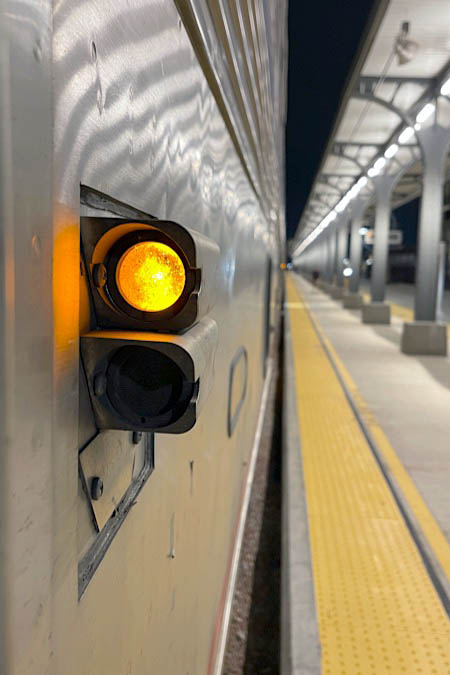
Sep 2023 / RWH
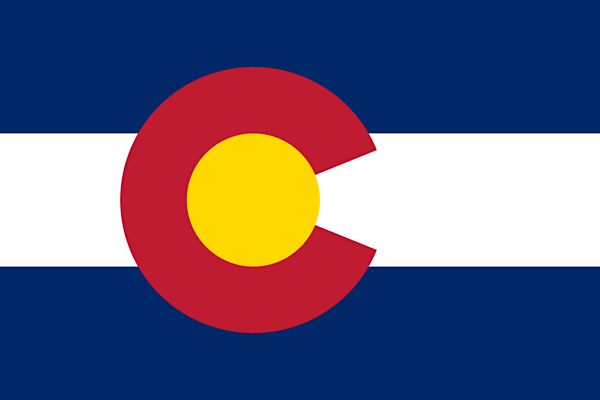 Colorado
Colorado
HawkinsRails thanks railfan photographer Derek Brown for sharing his beautiful photos

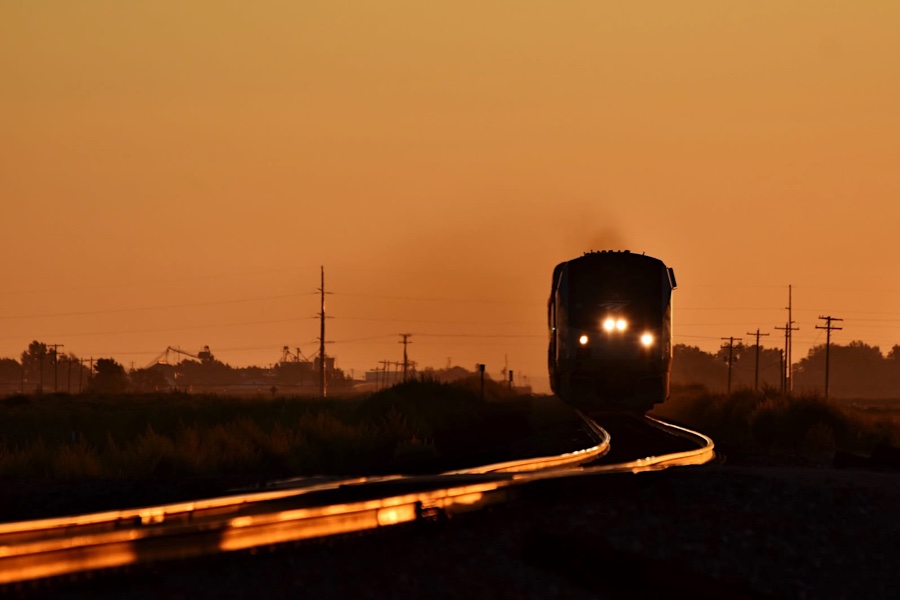
Wiggins, Co / Aug 2023 / Derek Brown
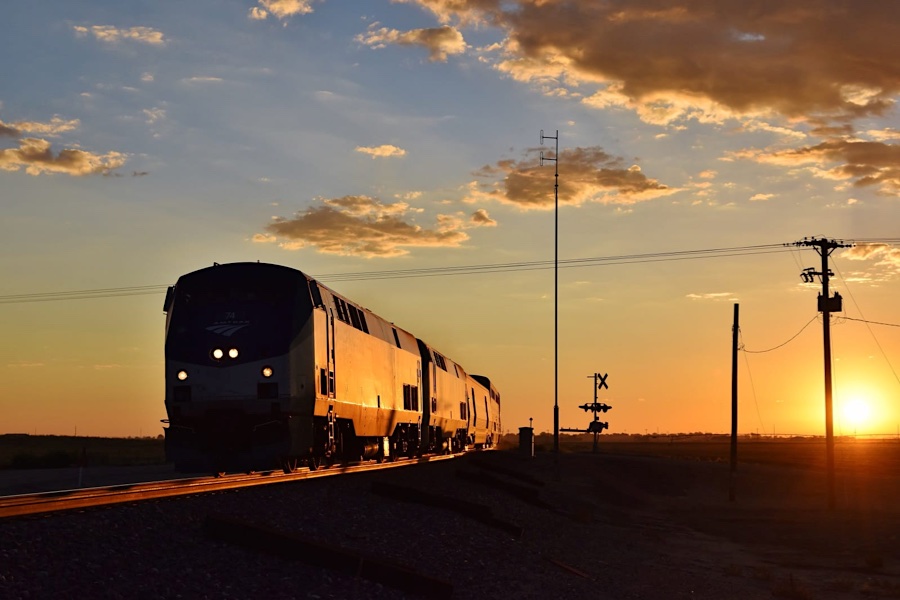
Wiggins, Co / Aug 2023 / Derek Brown
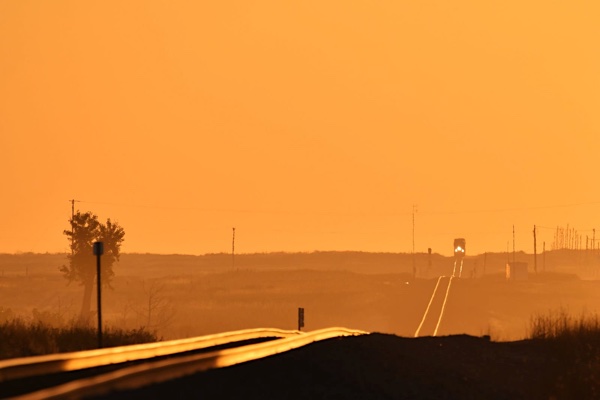
Sep 2023 / Derek Brown
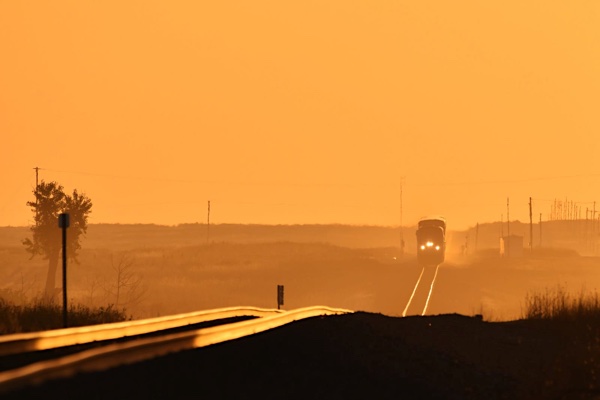
Roggen, Co / Sep 2023 / Derek Brown
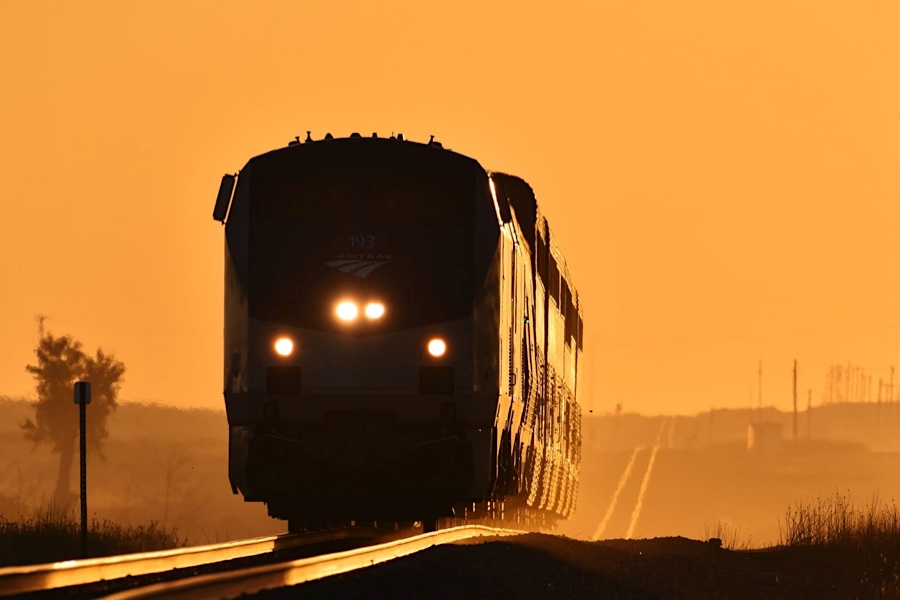
Roggen, Co / Sep 2023 / Derek Brown

See next our California Zephyr Central Routes scrapbook
